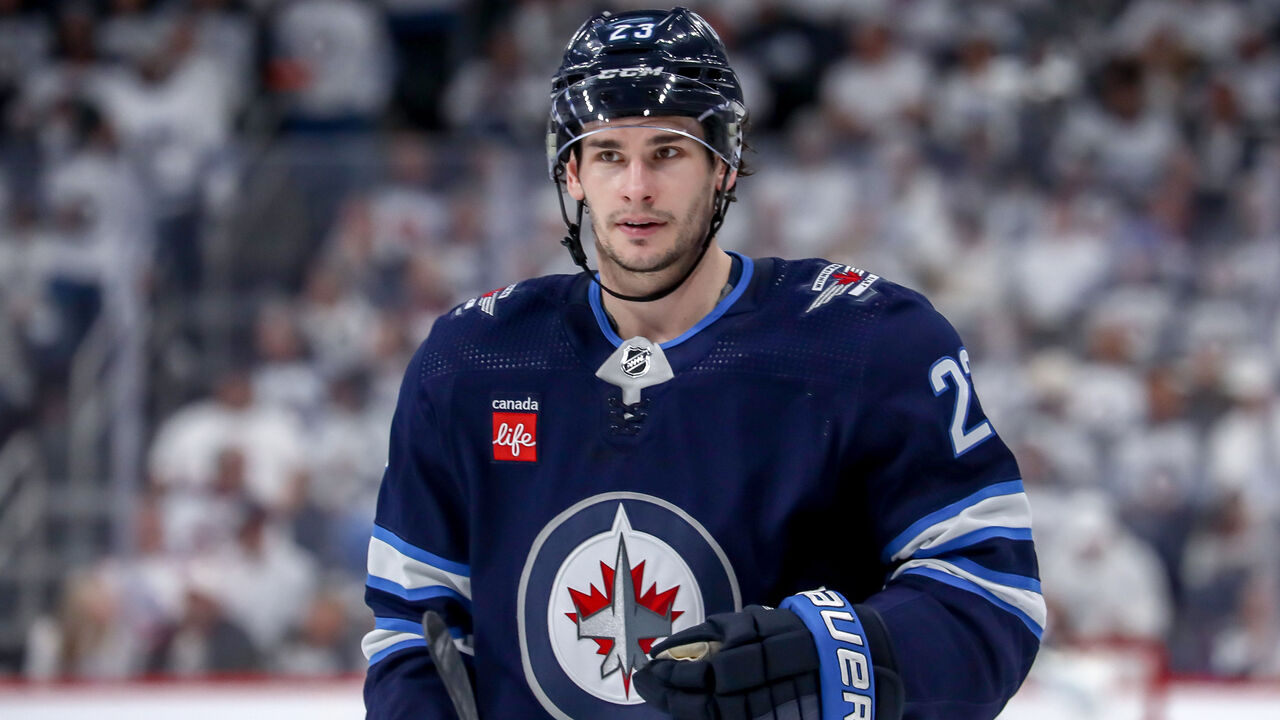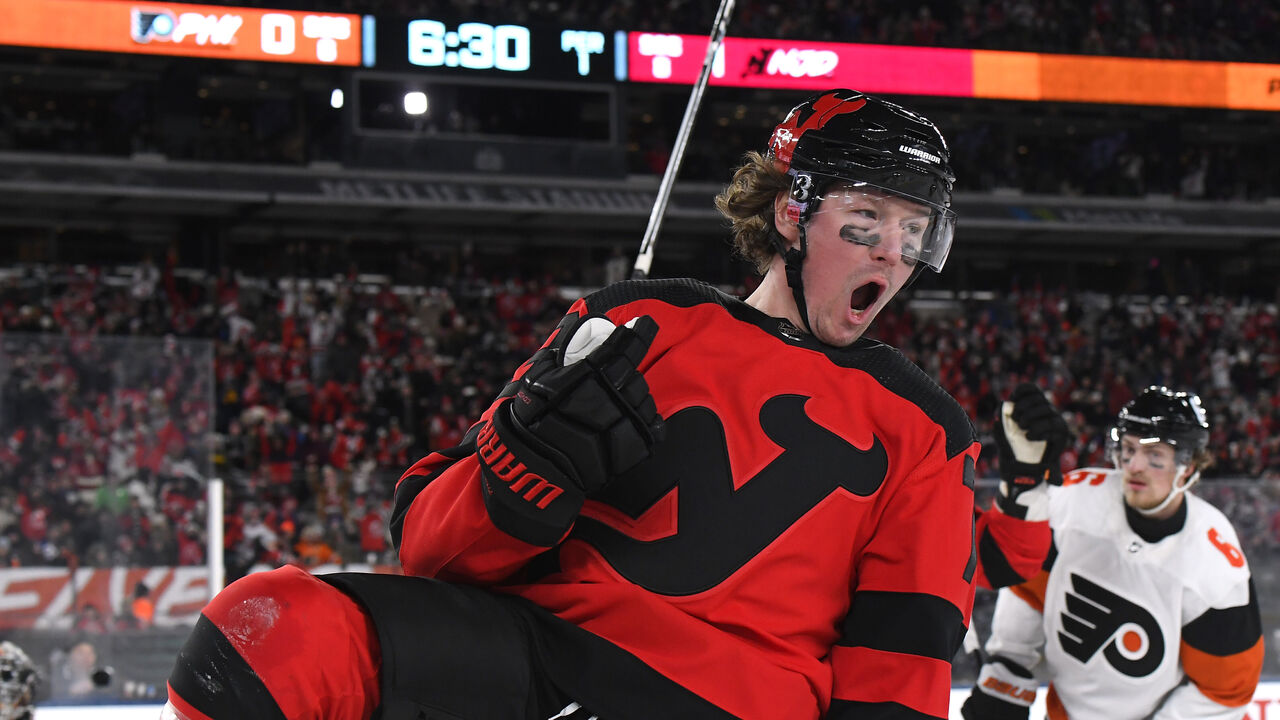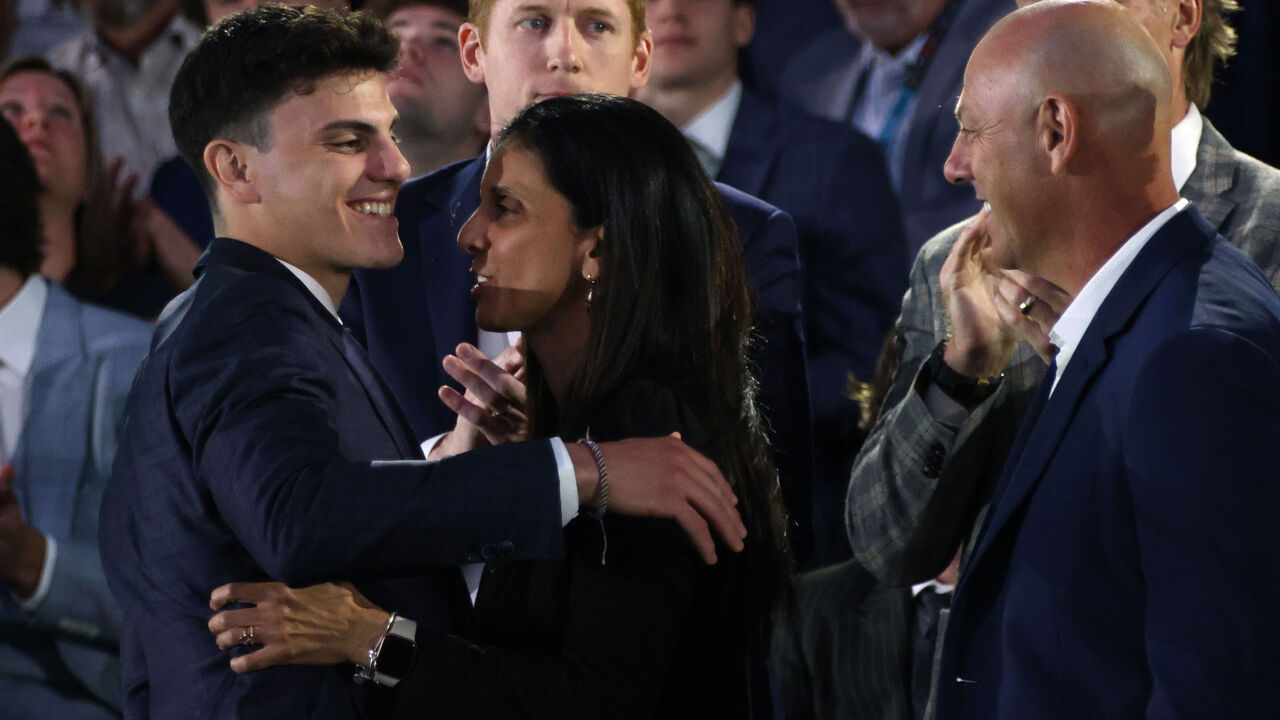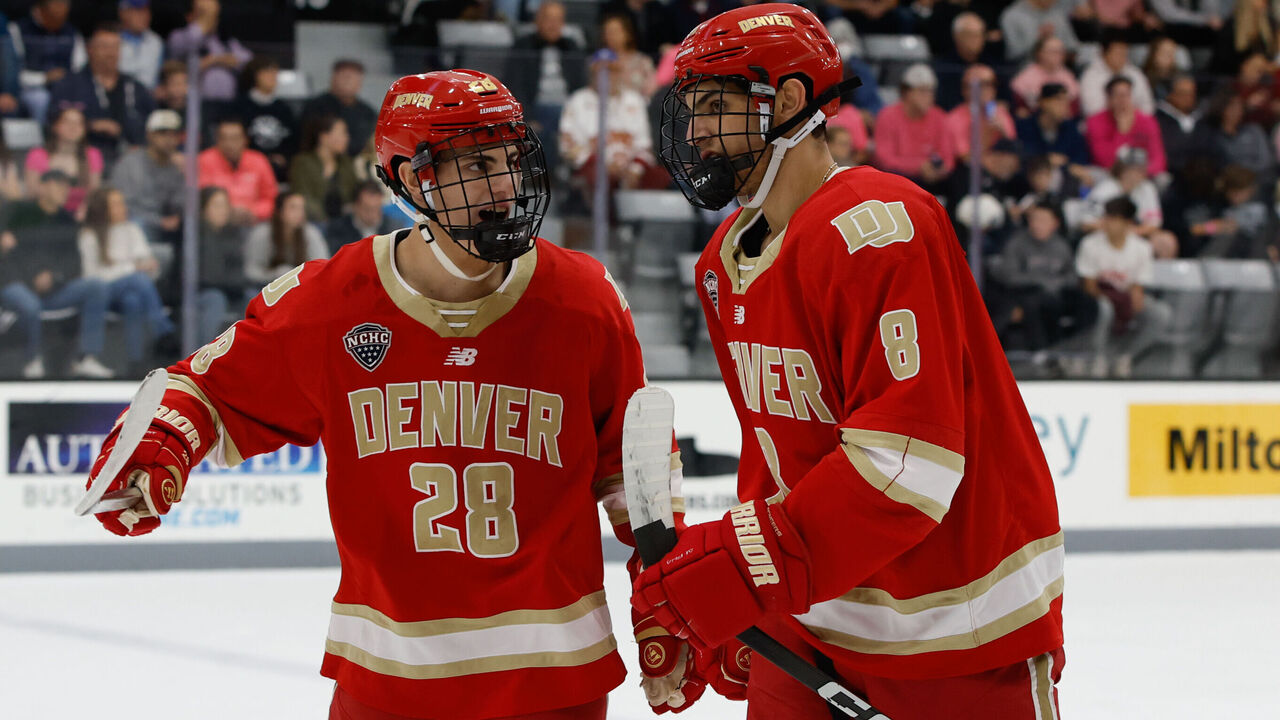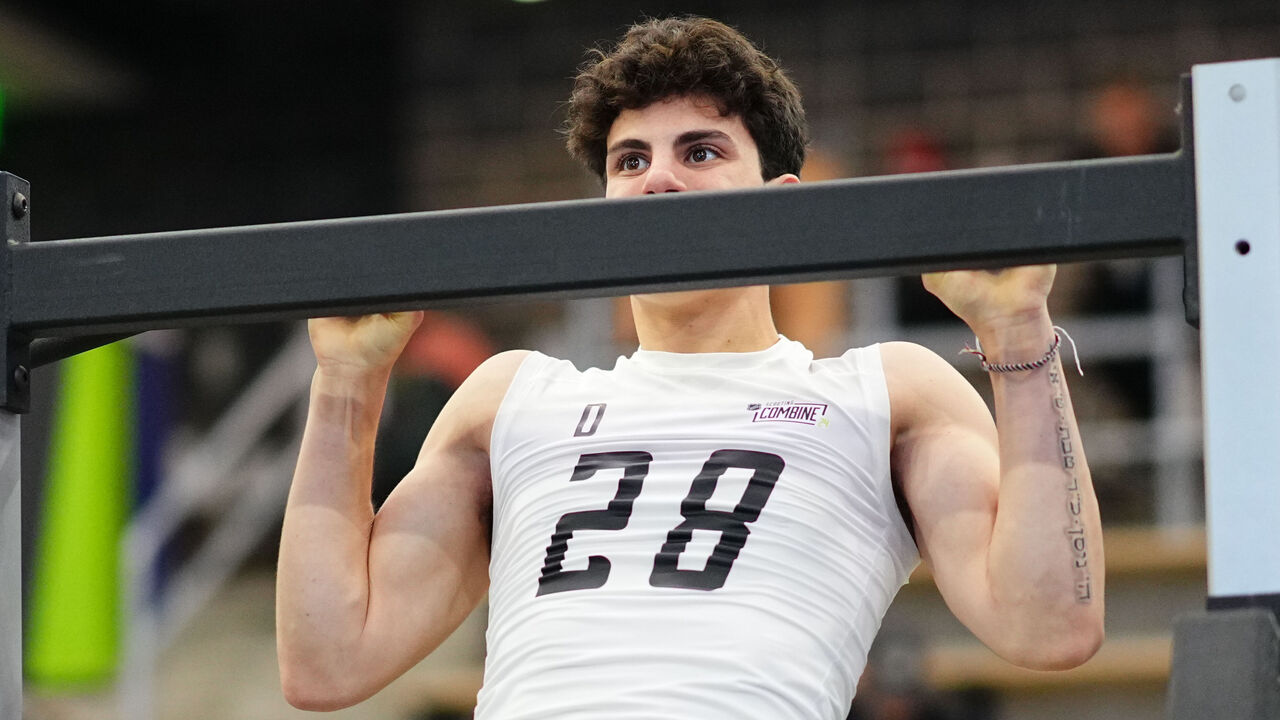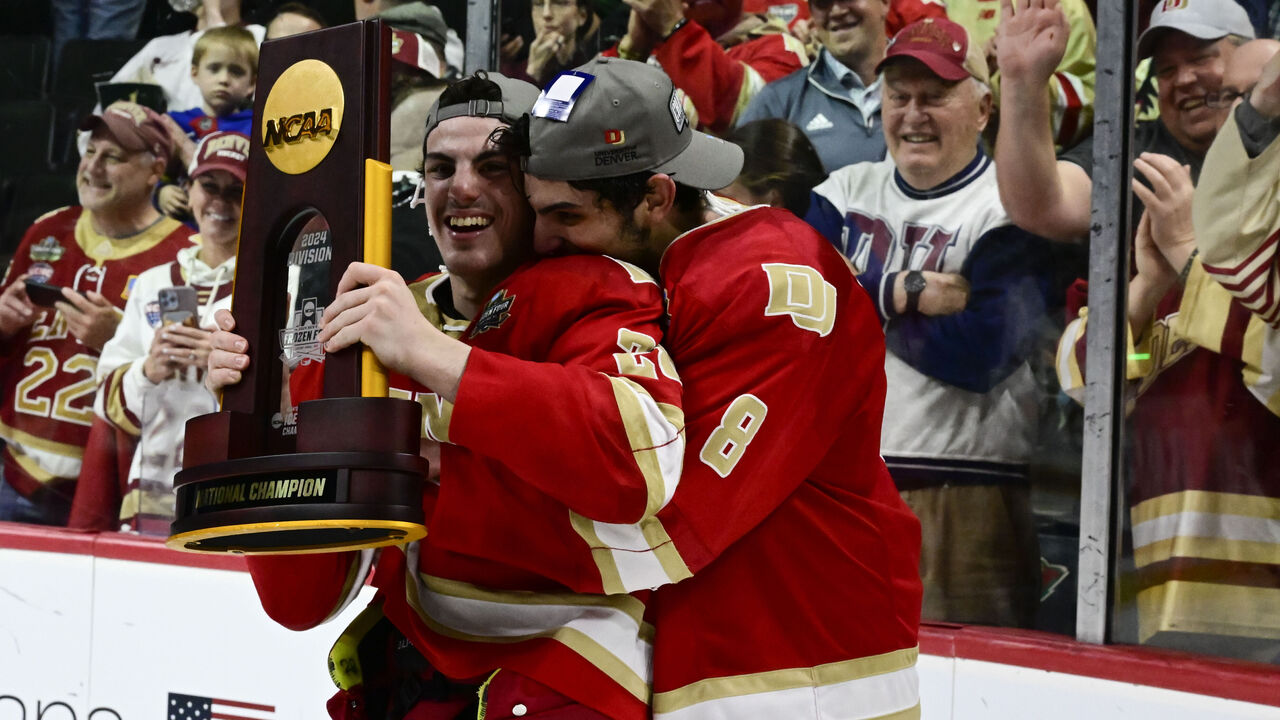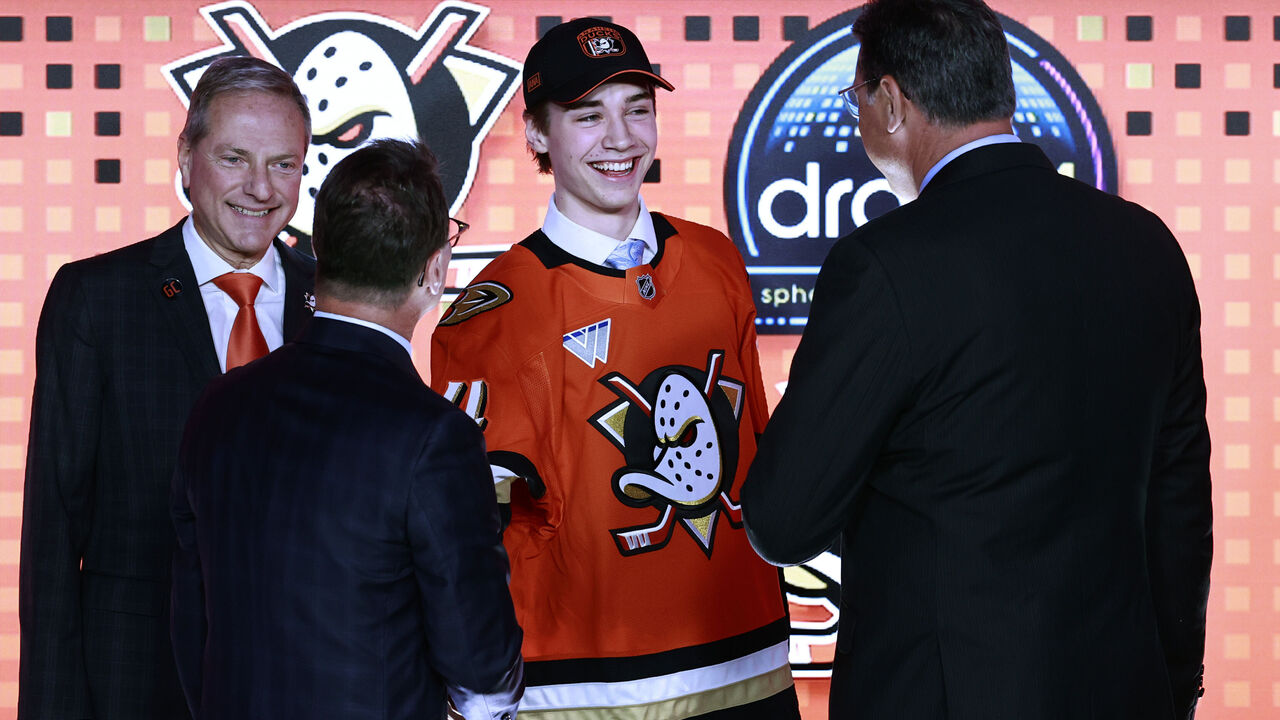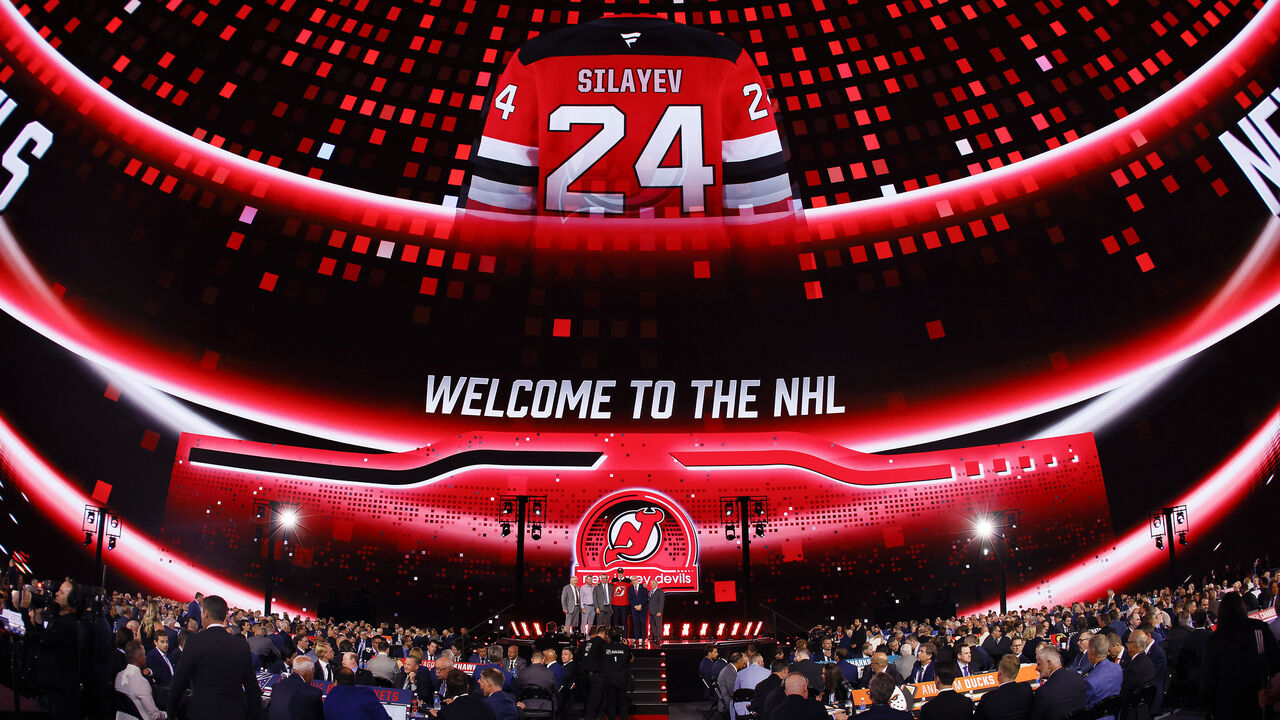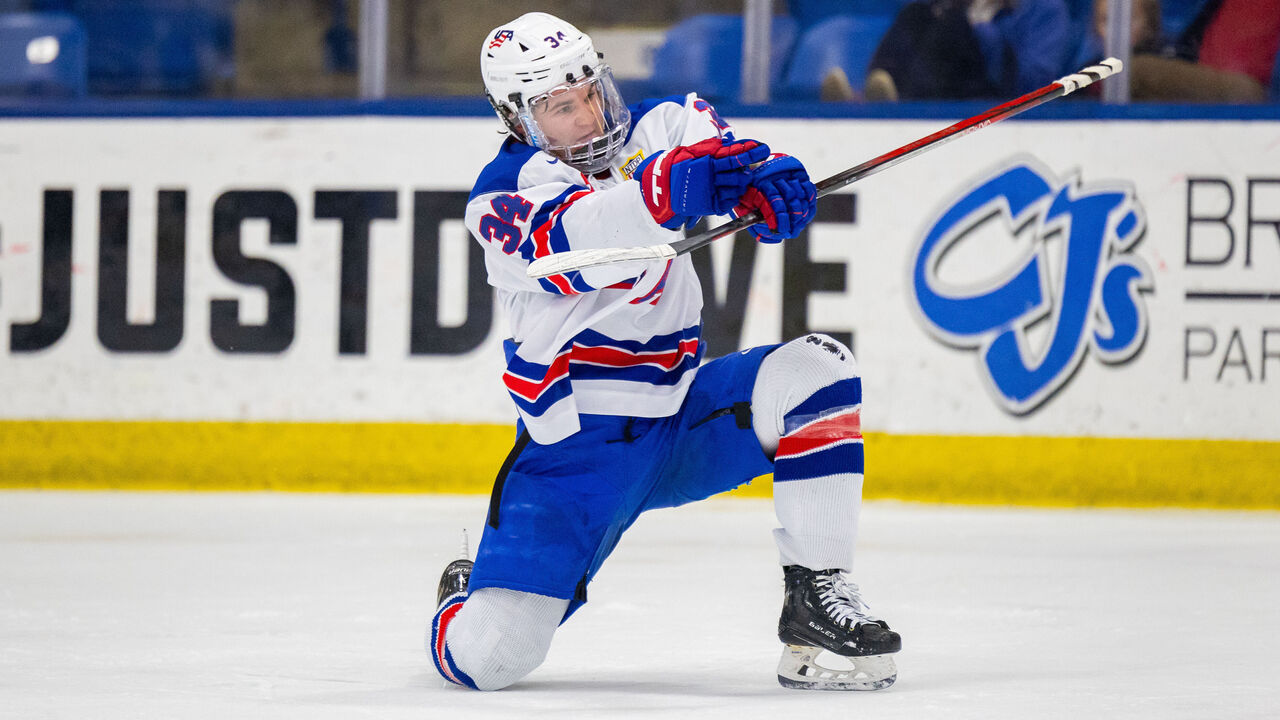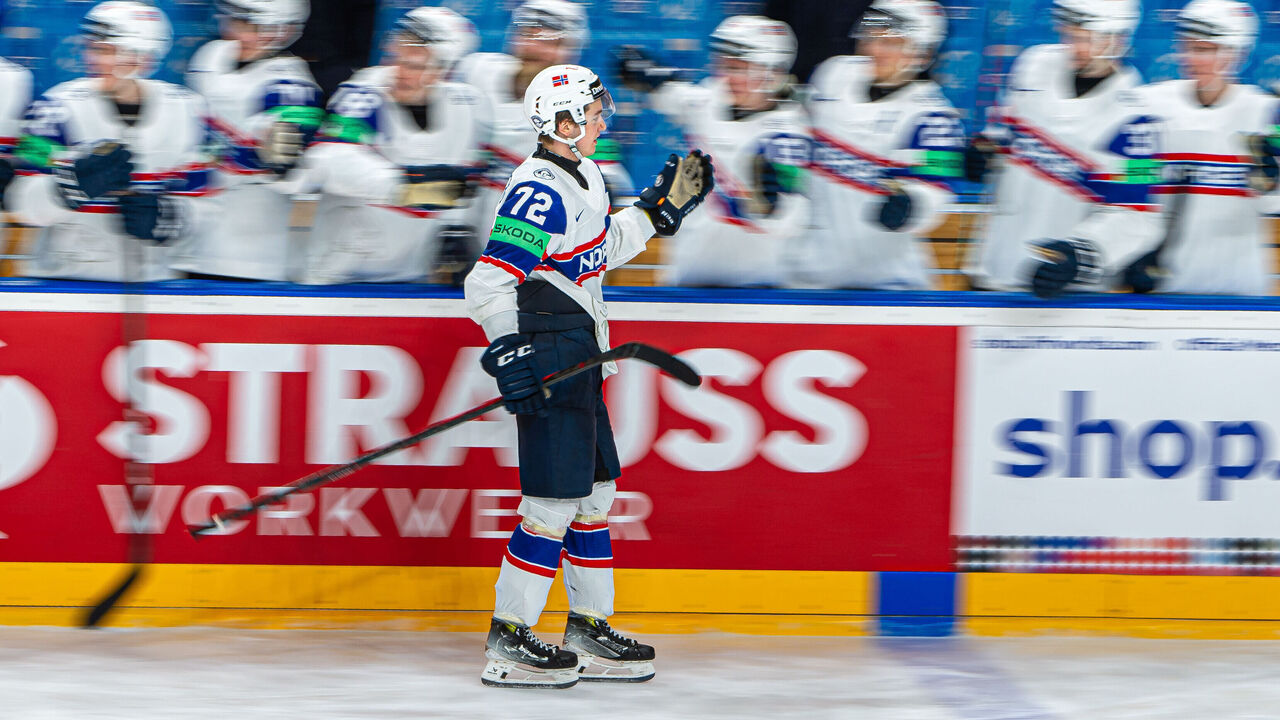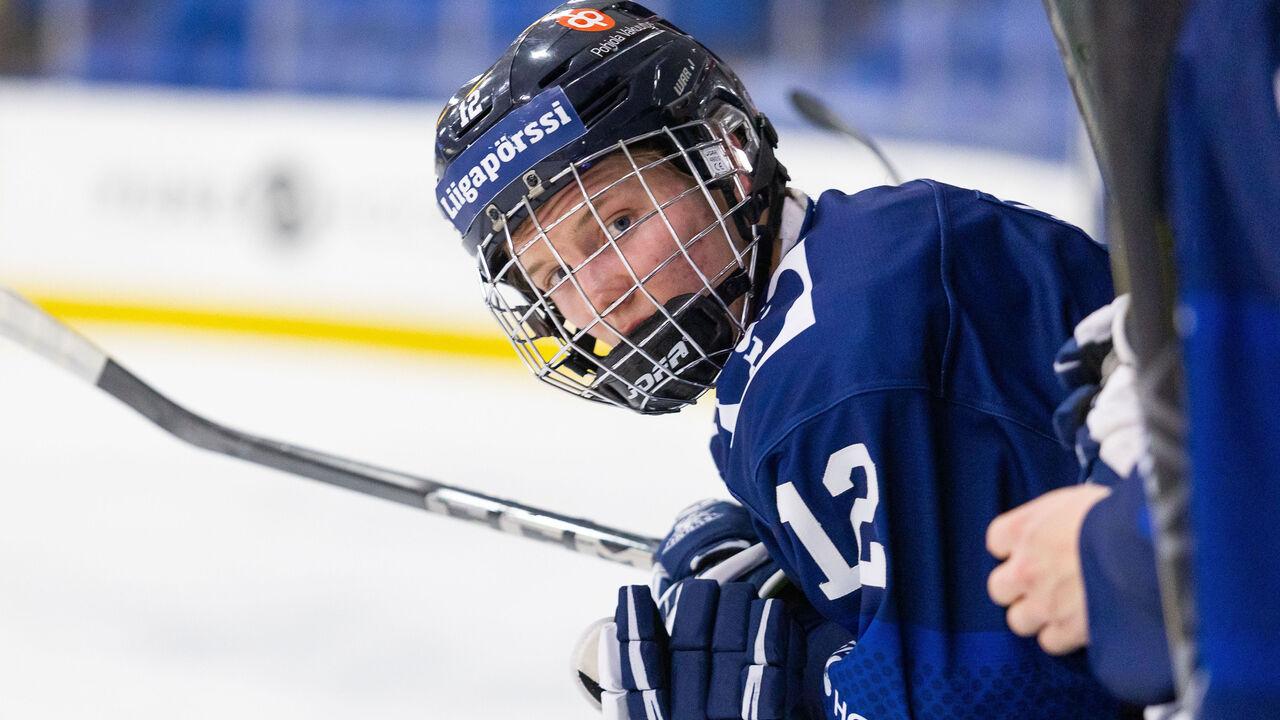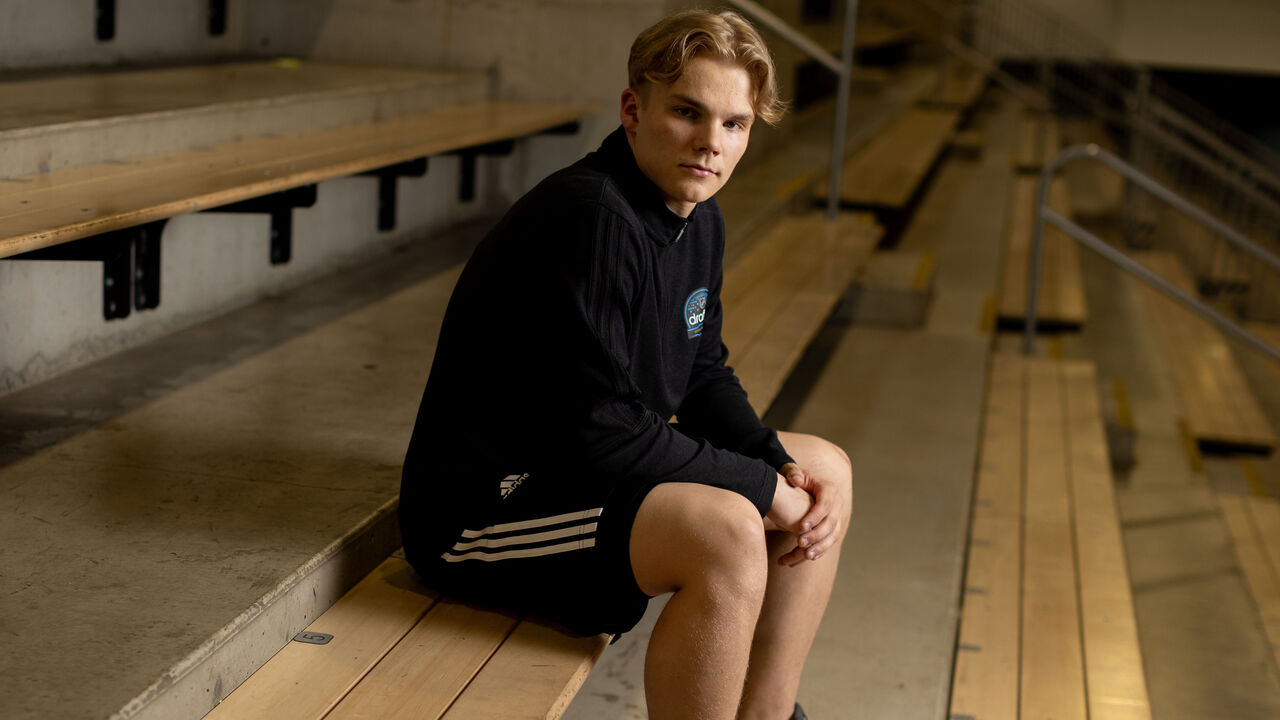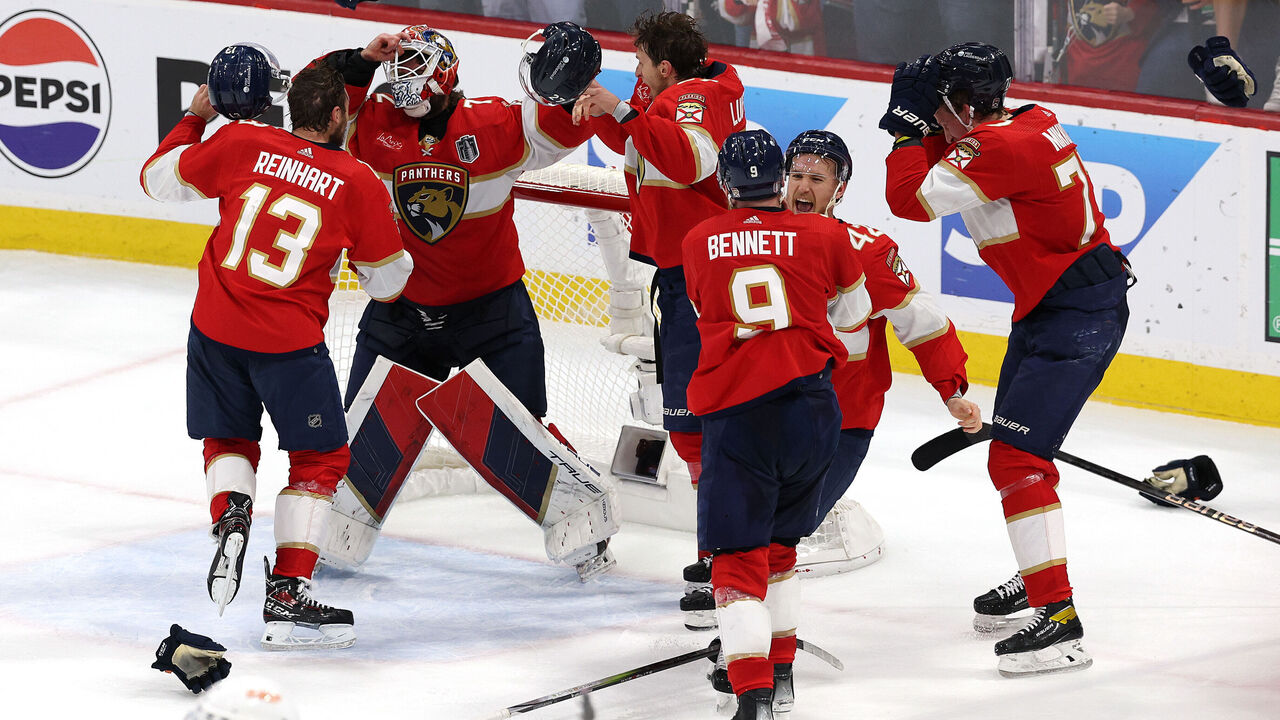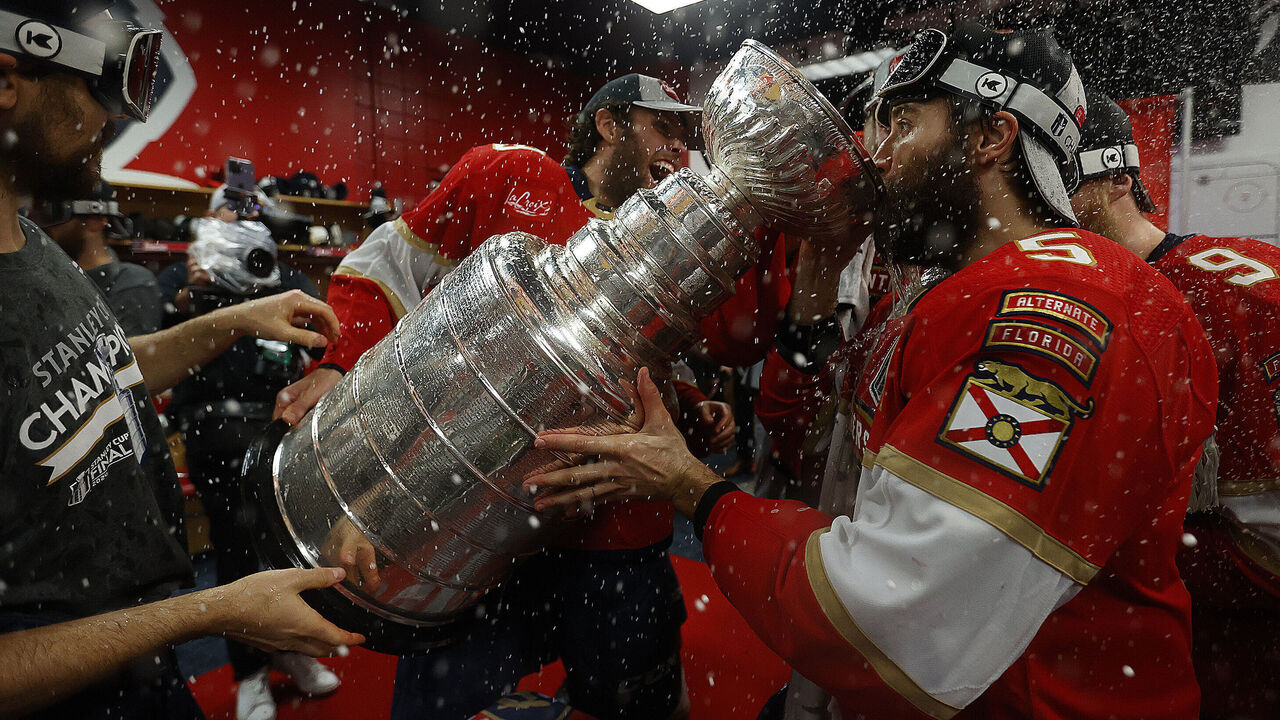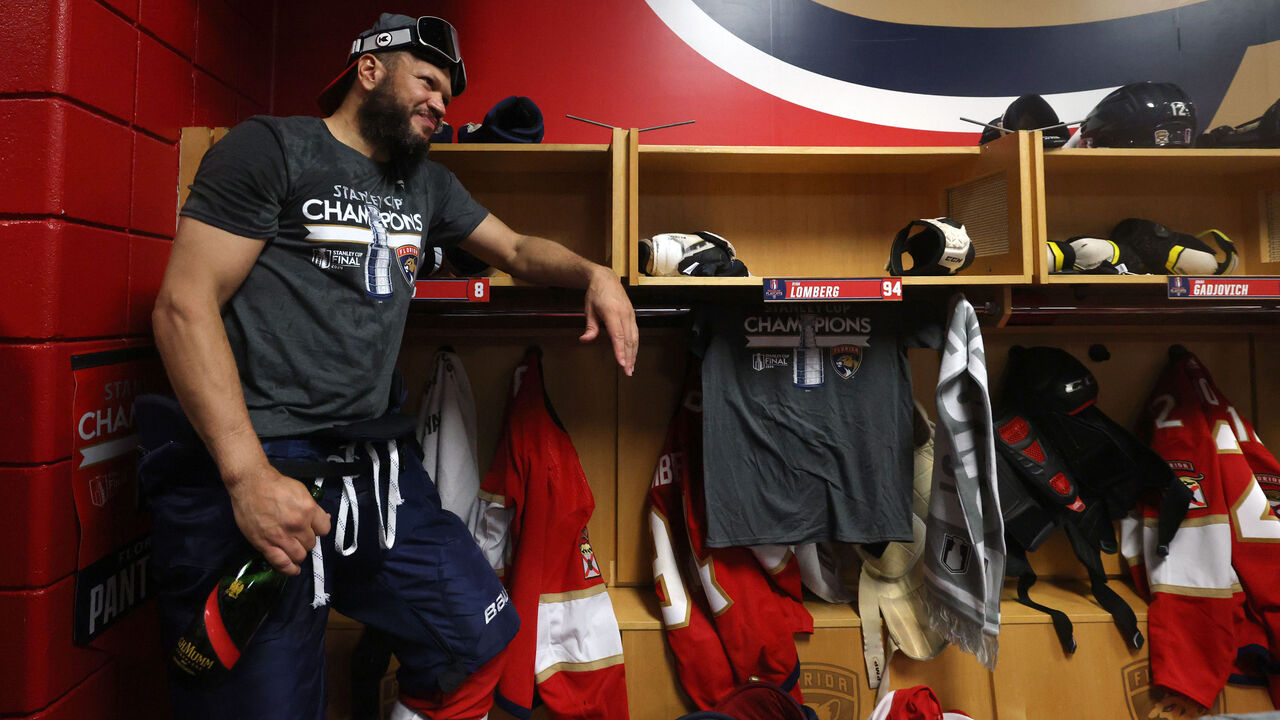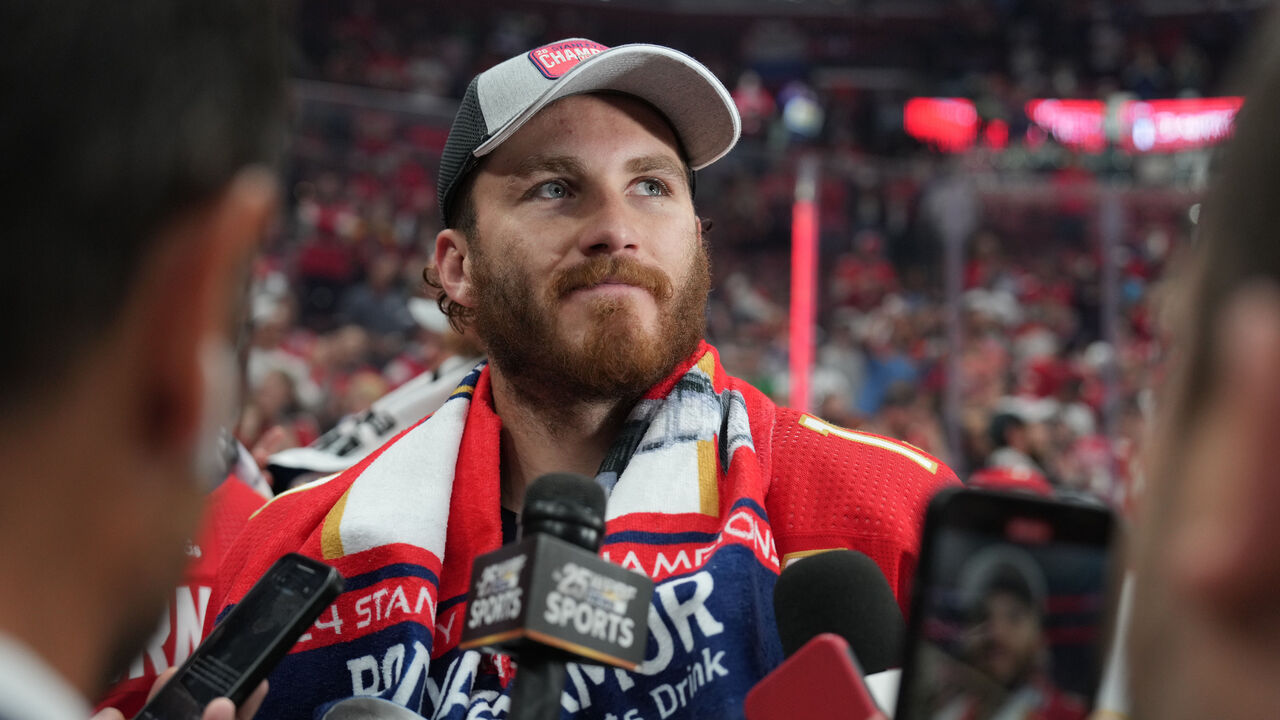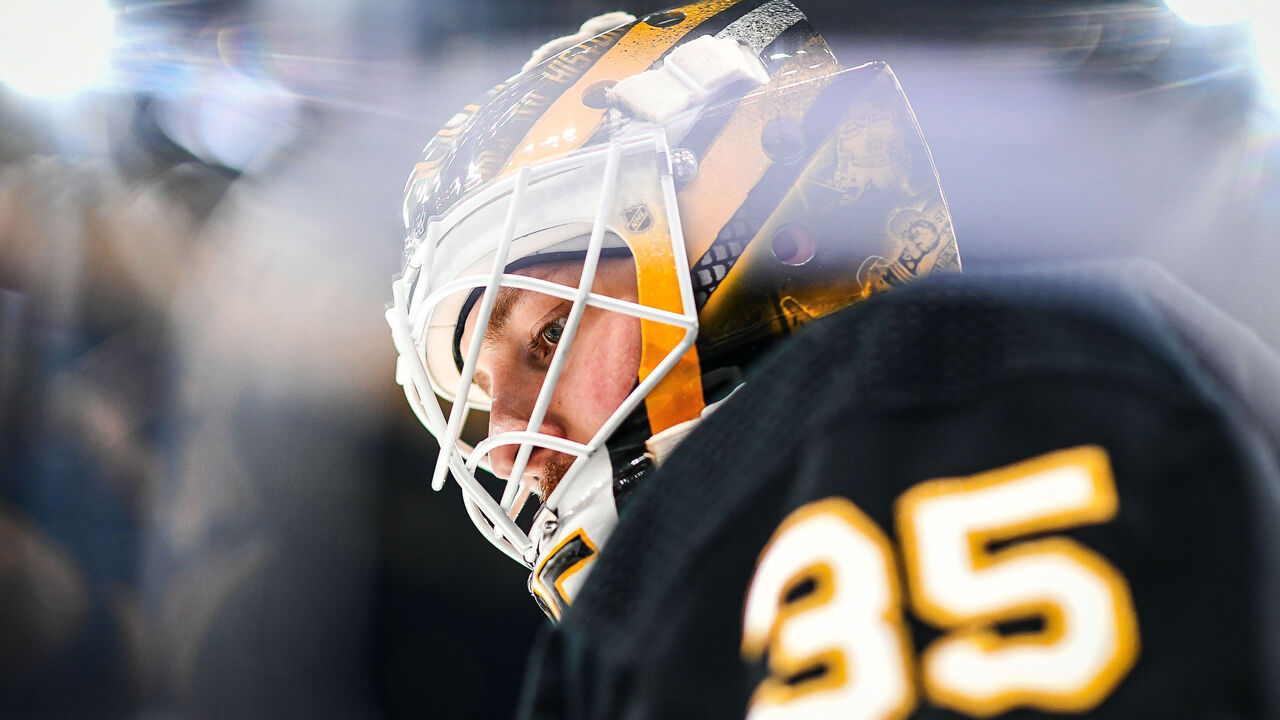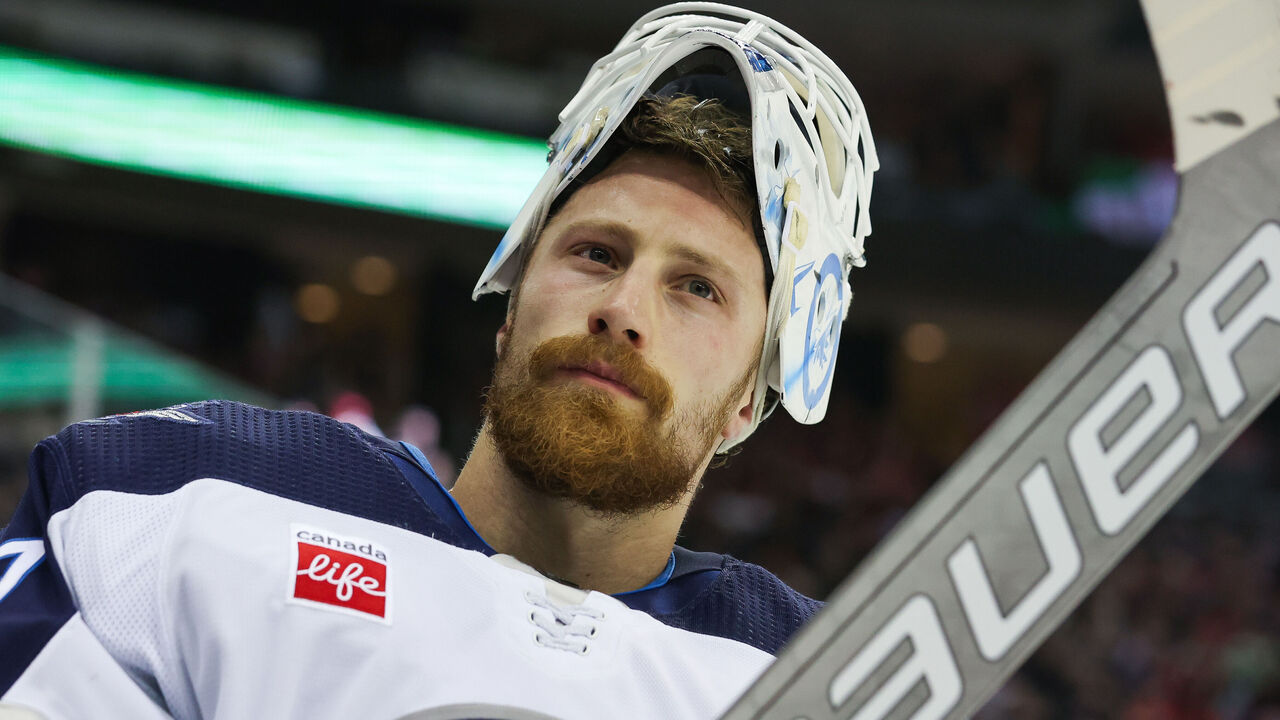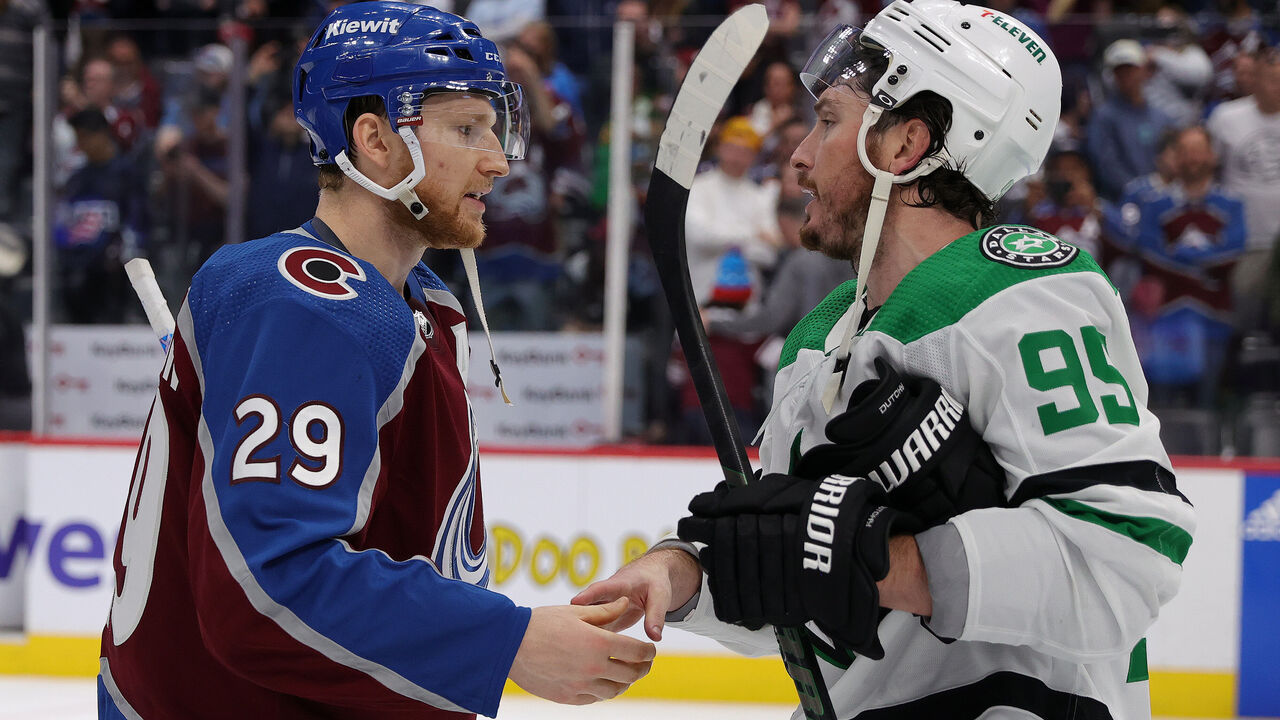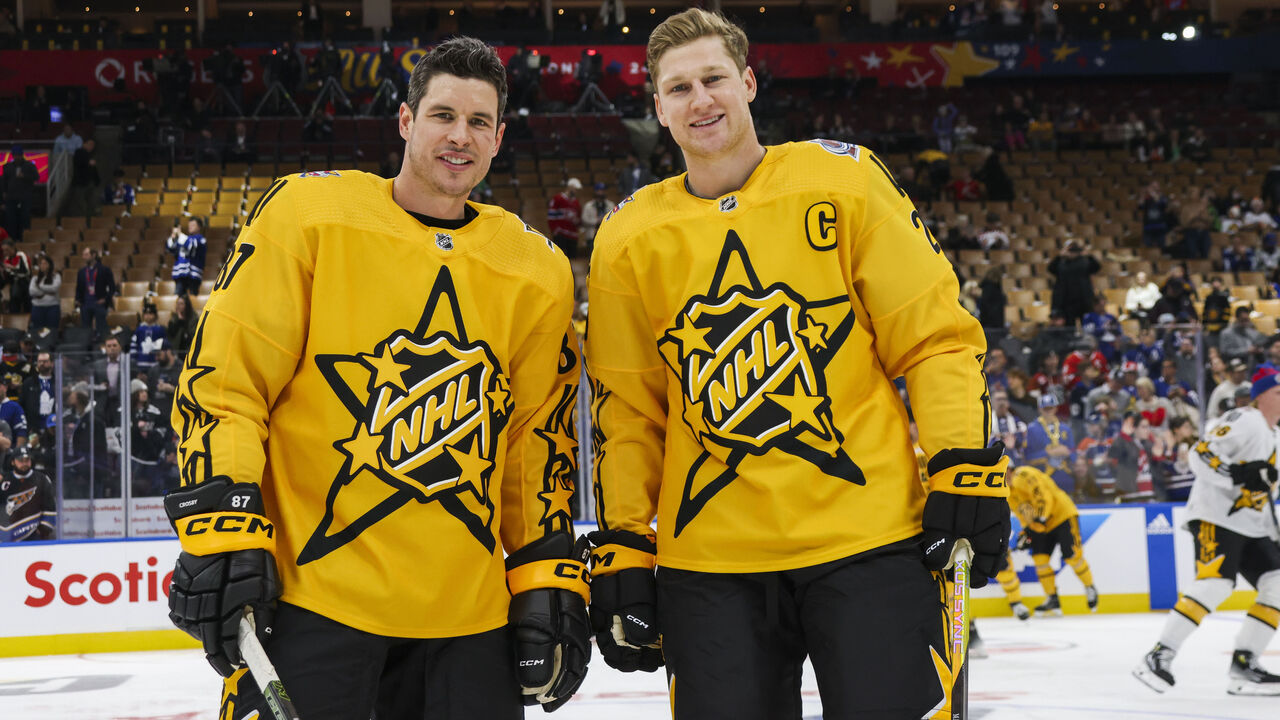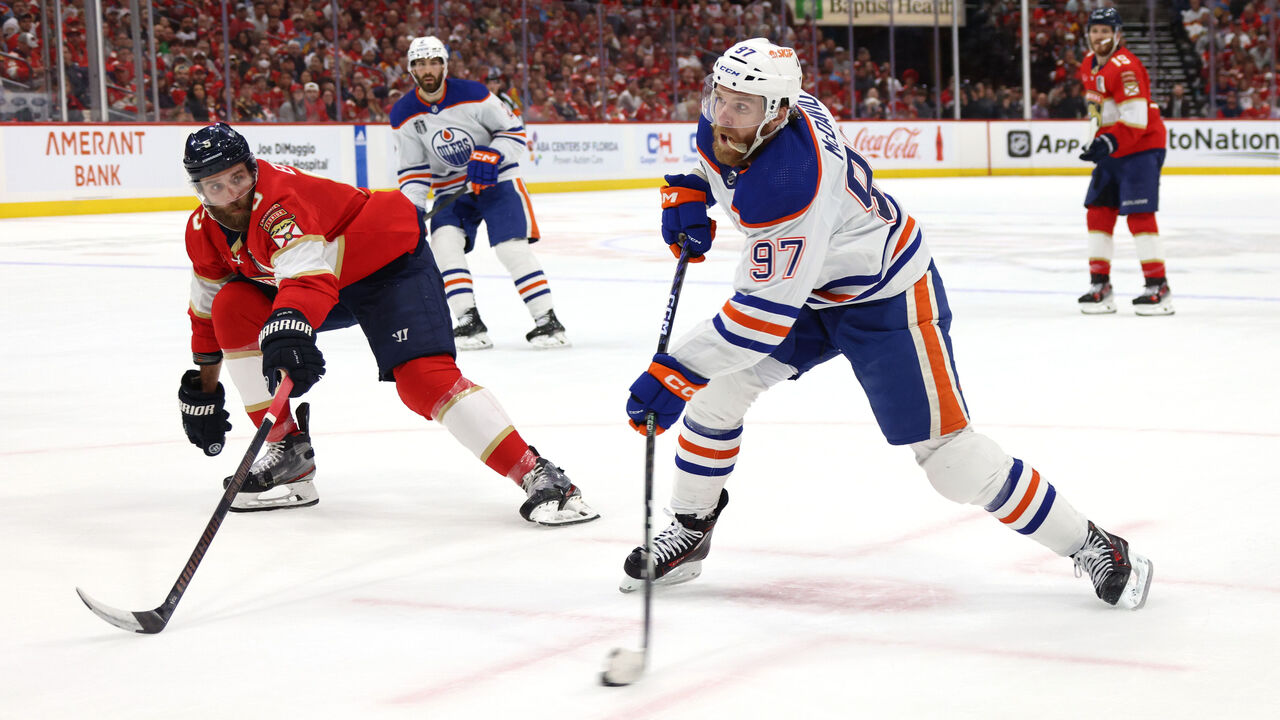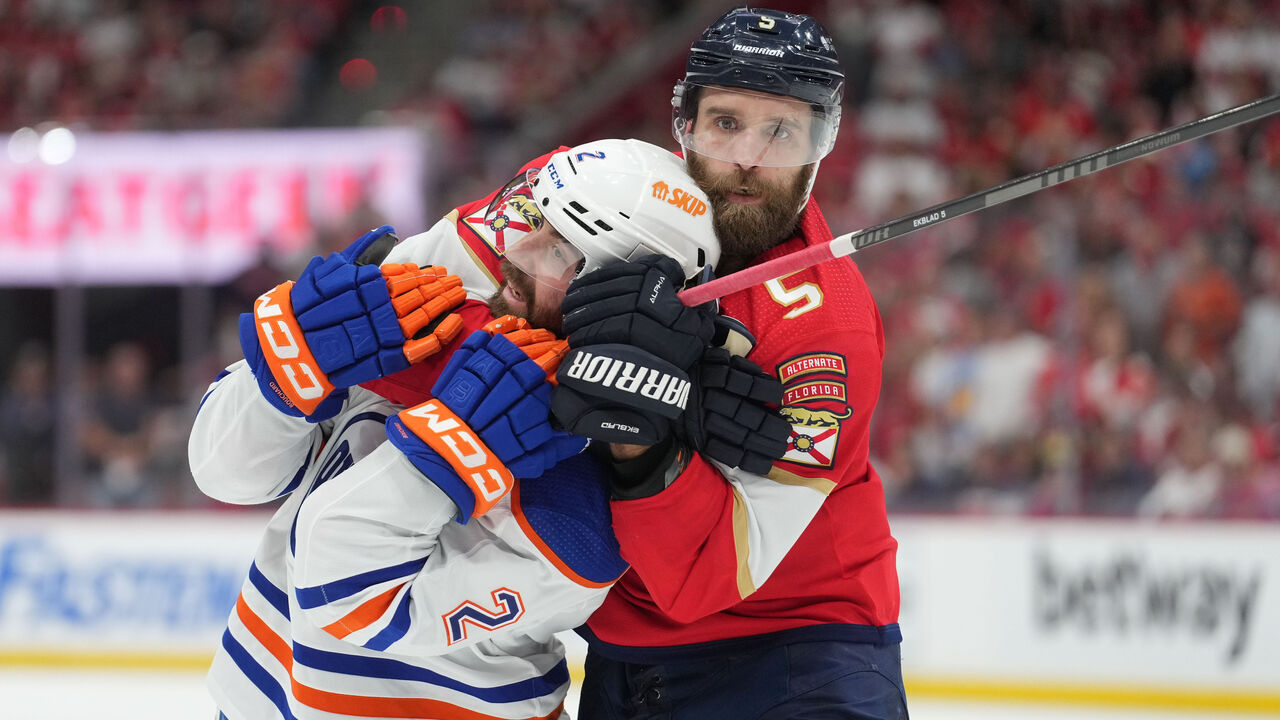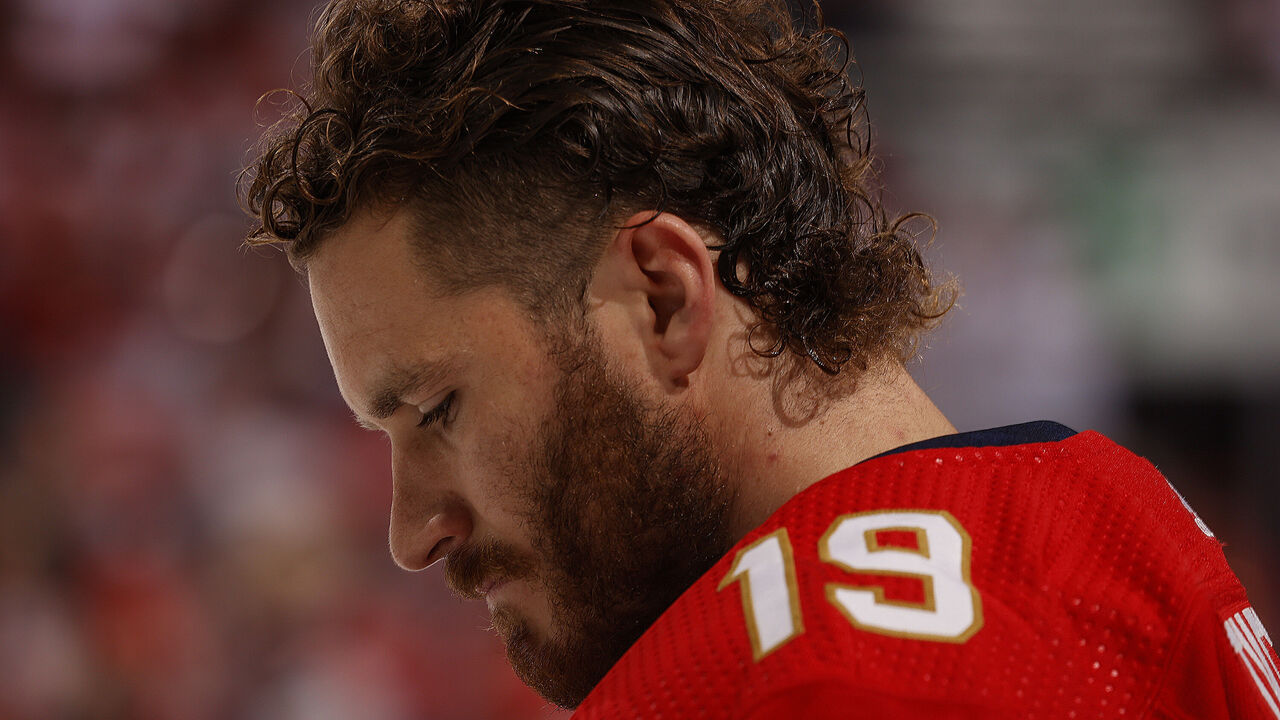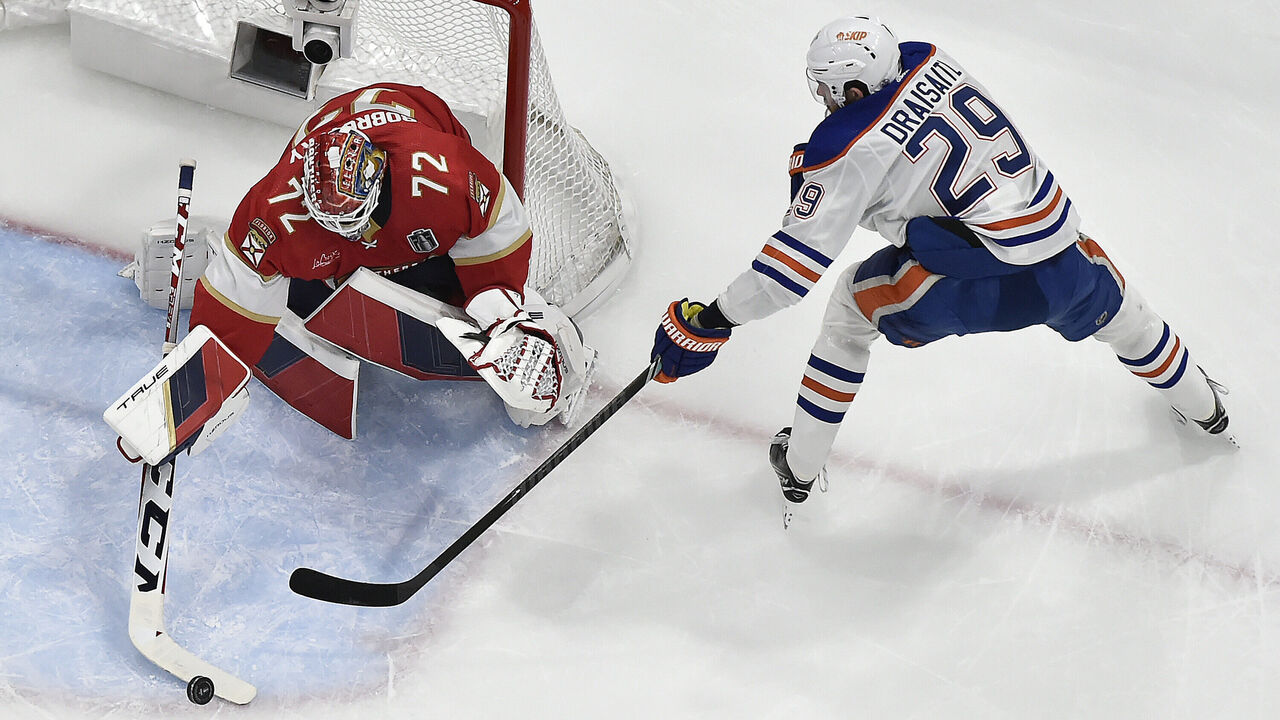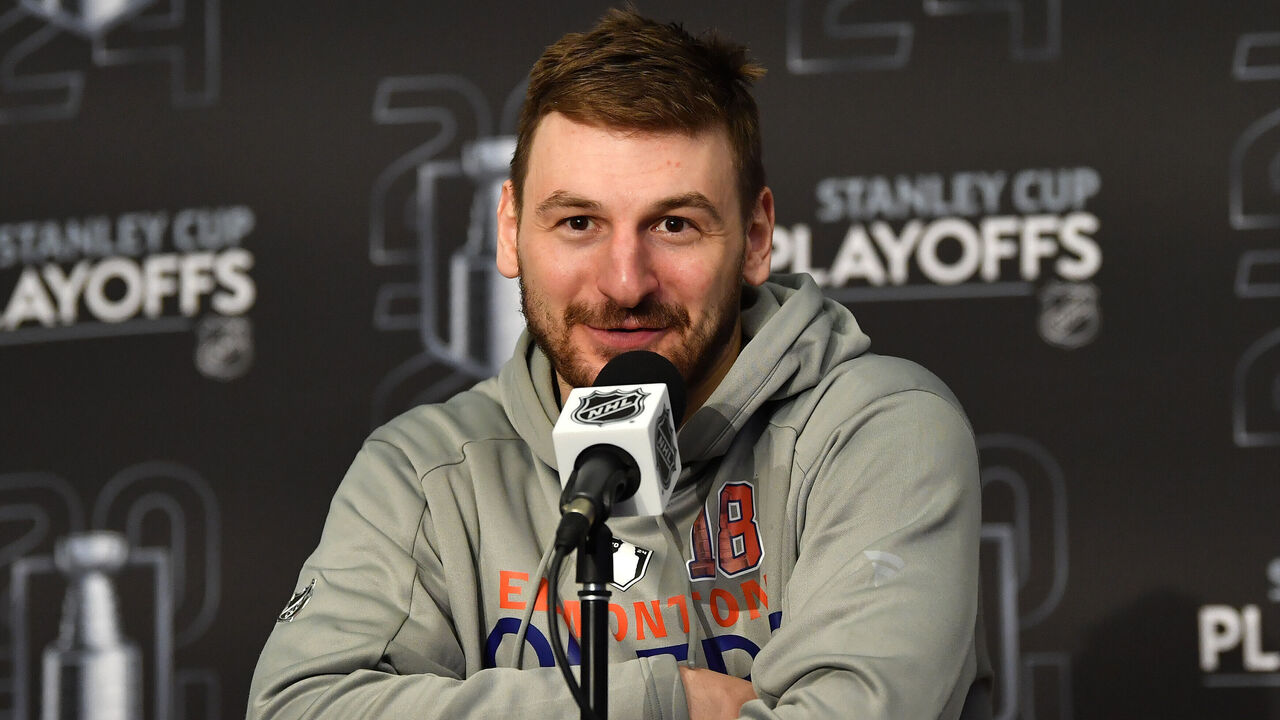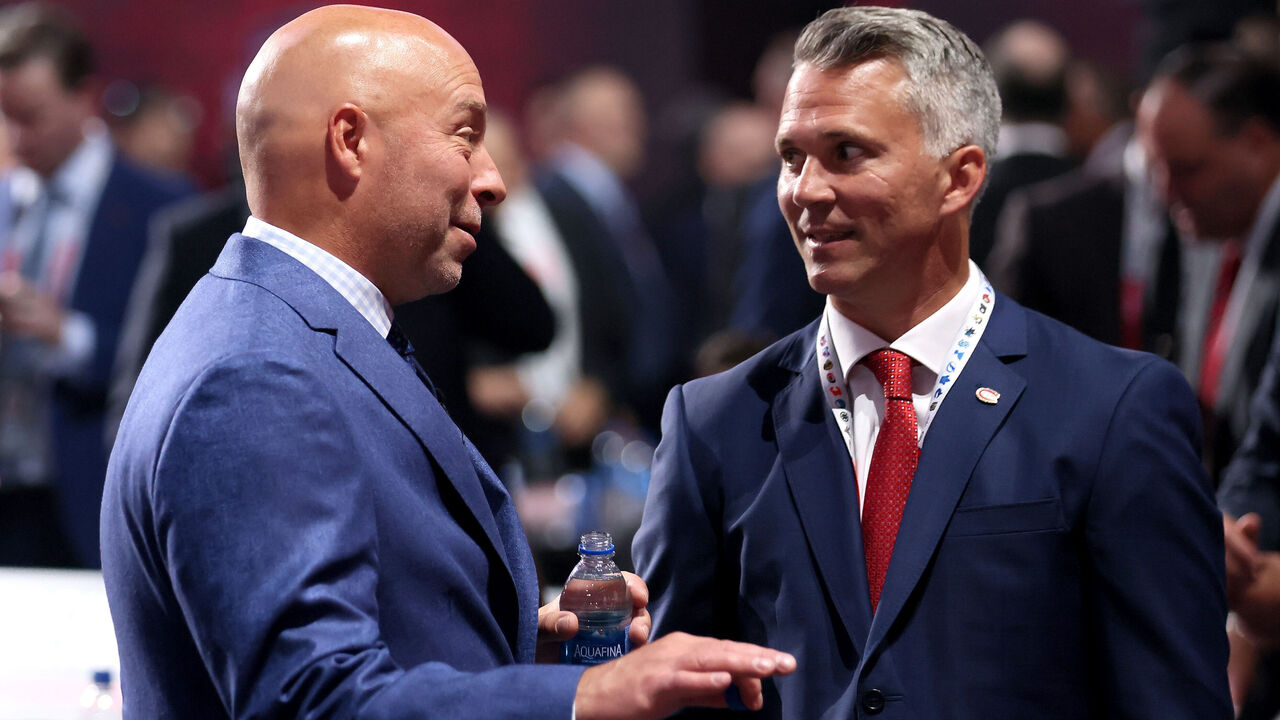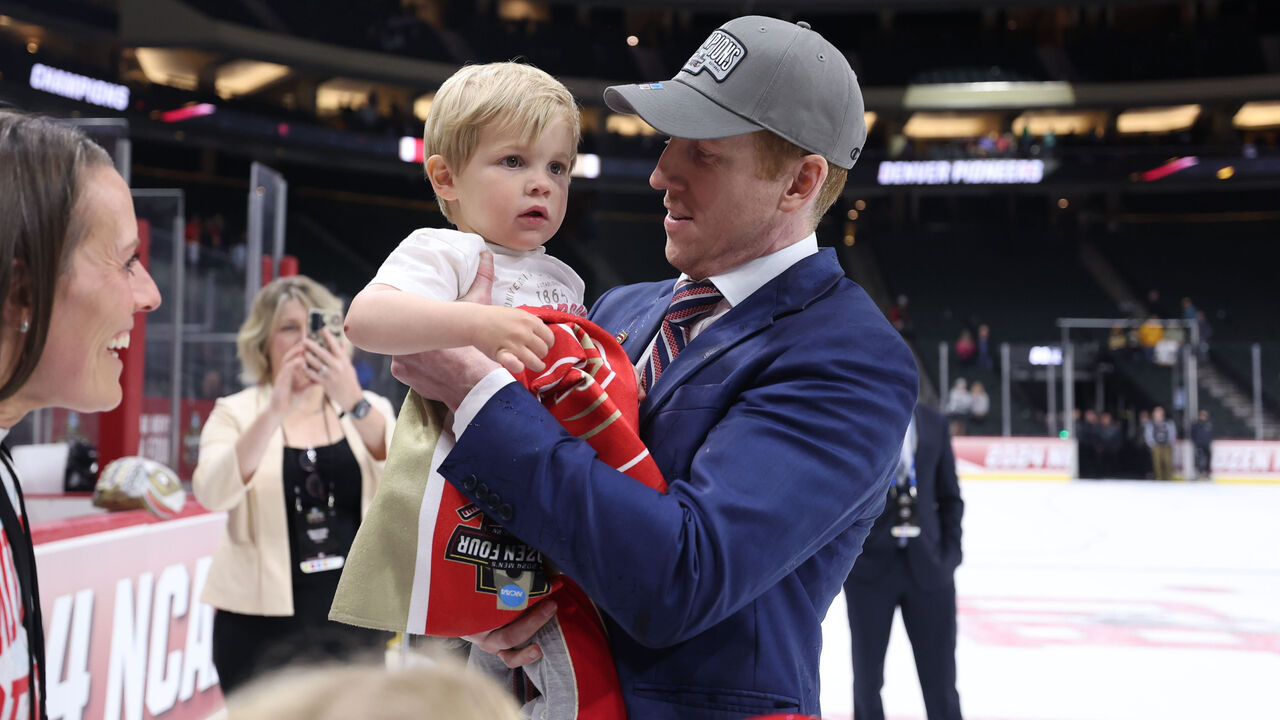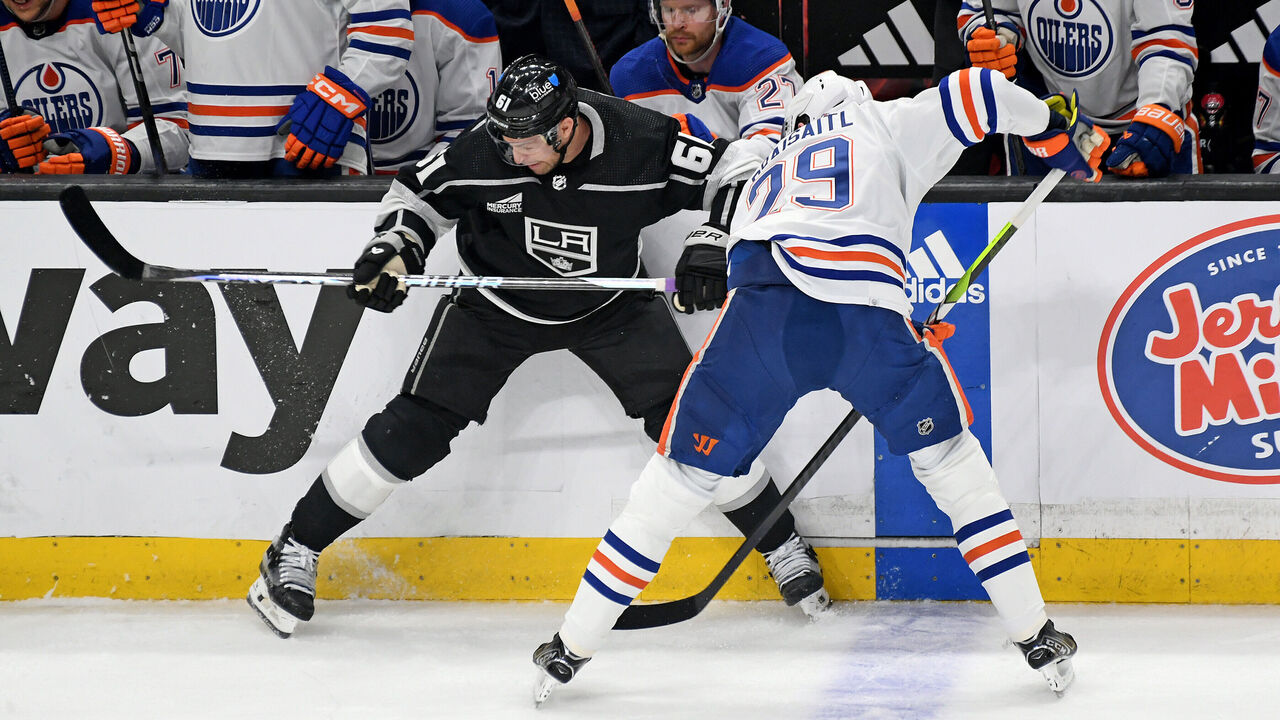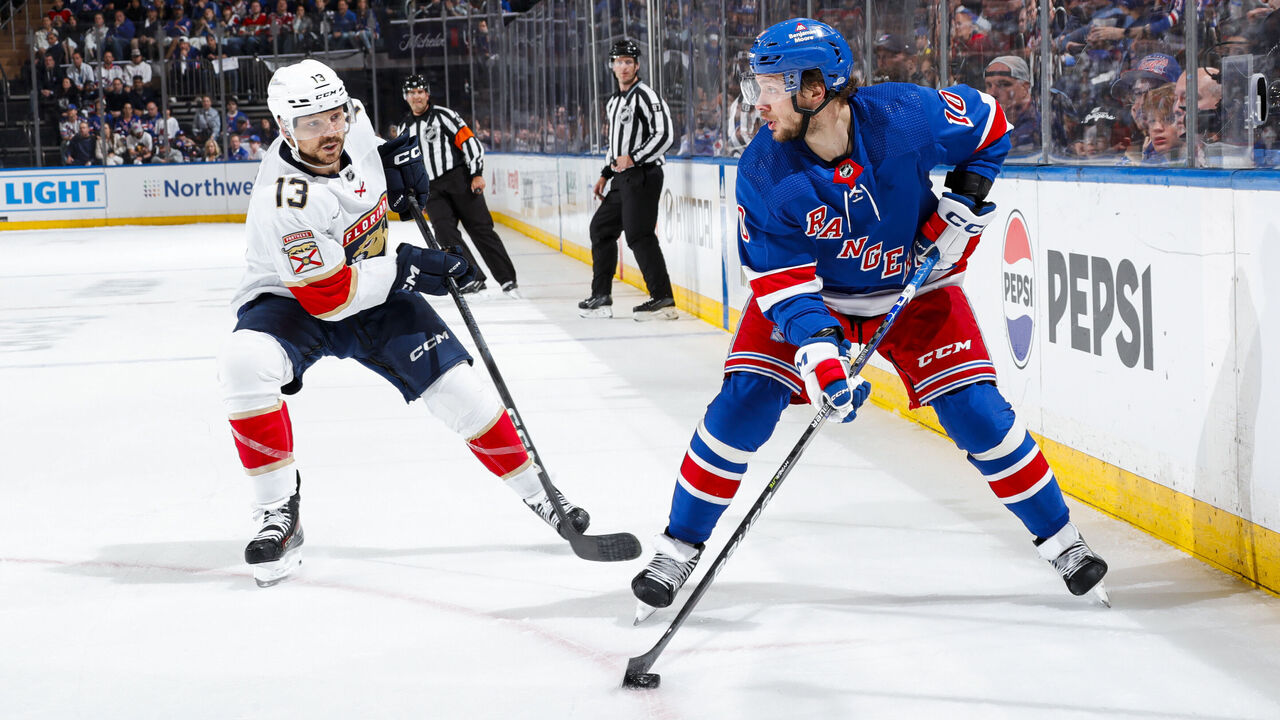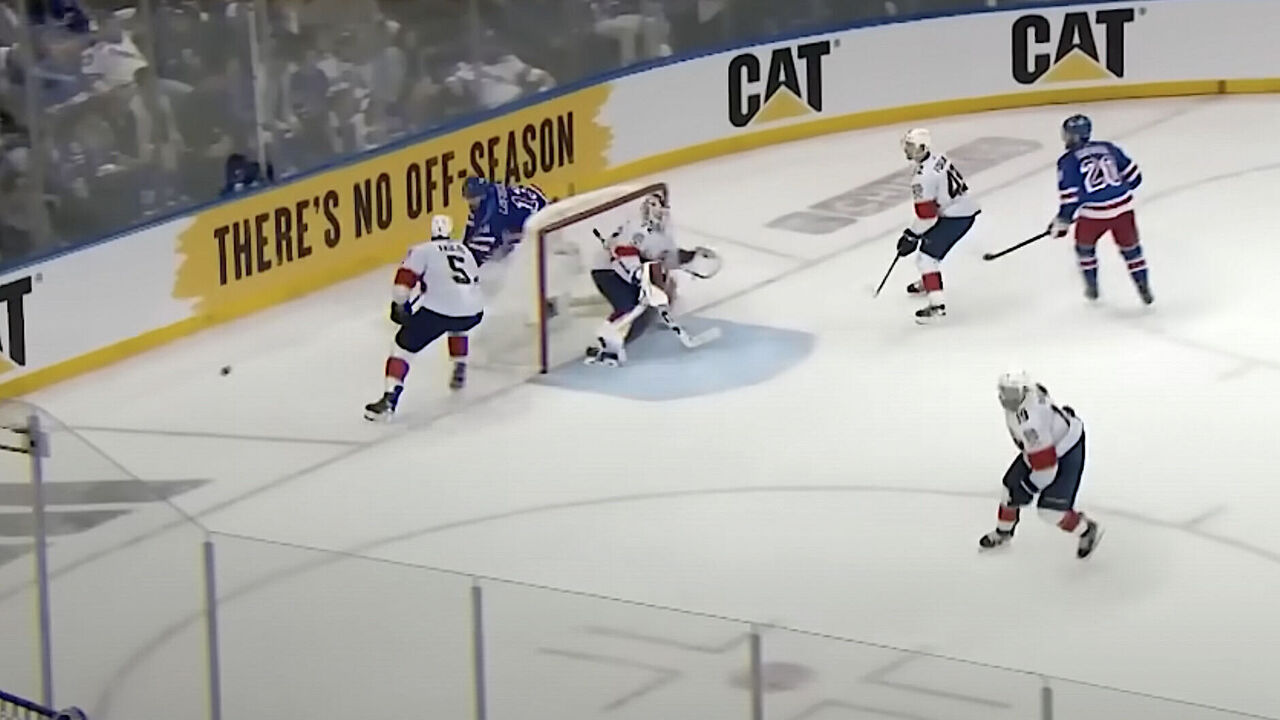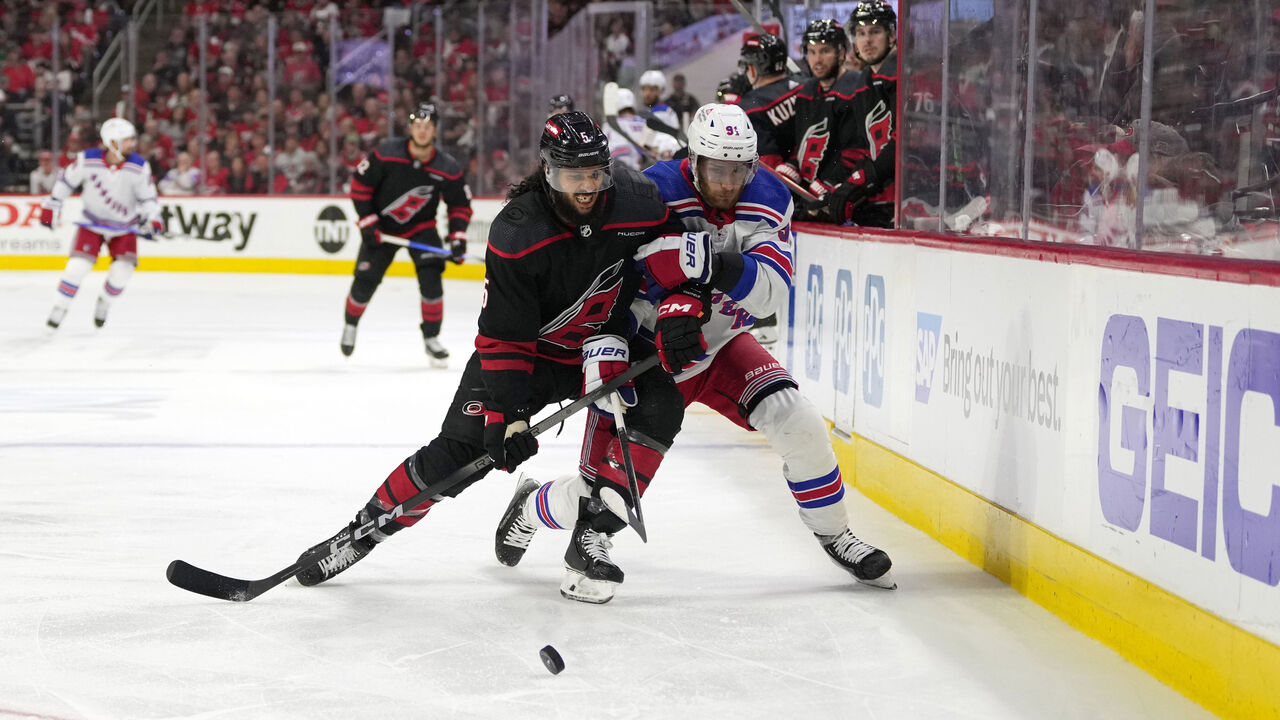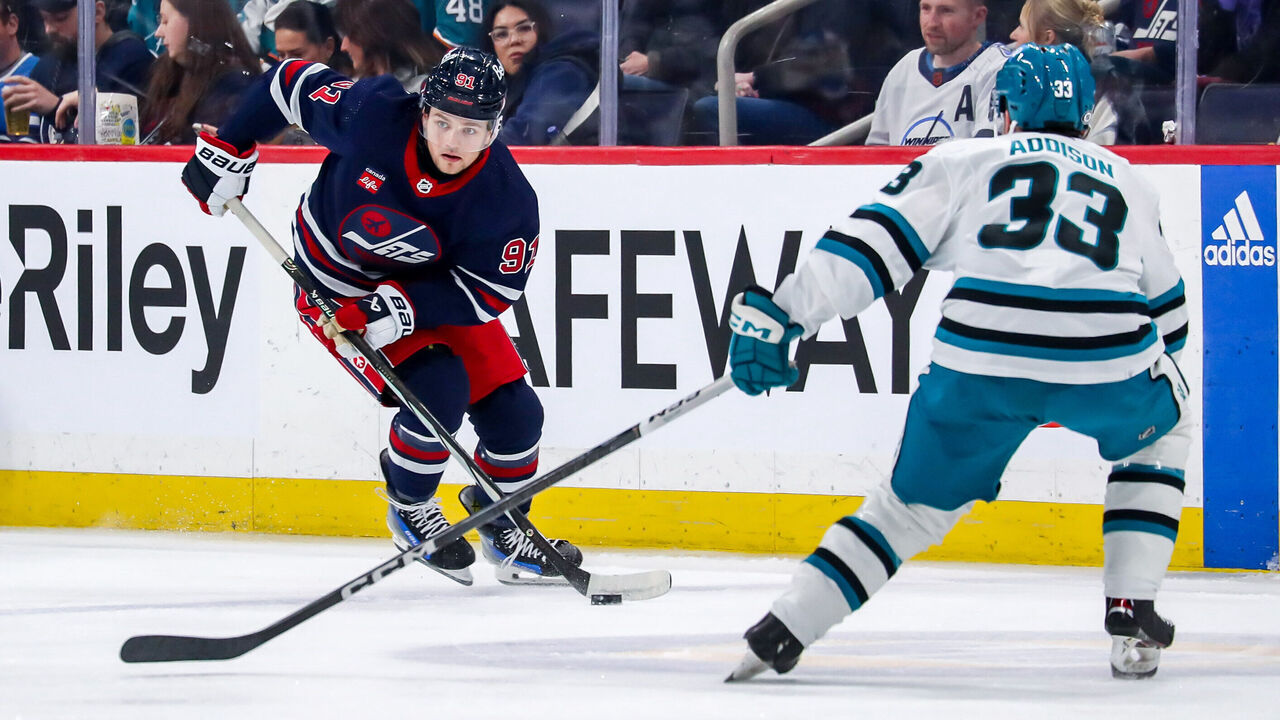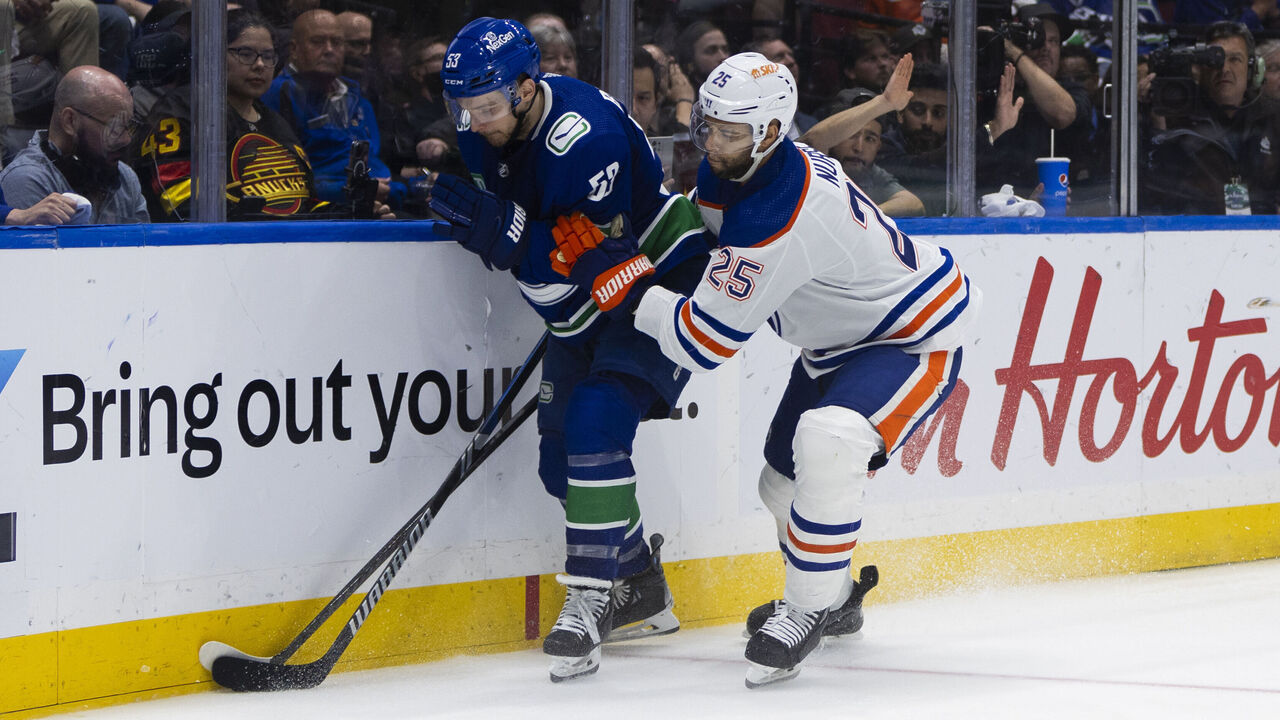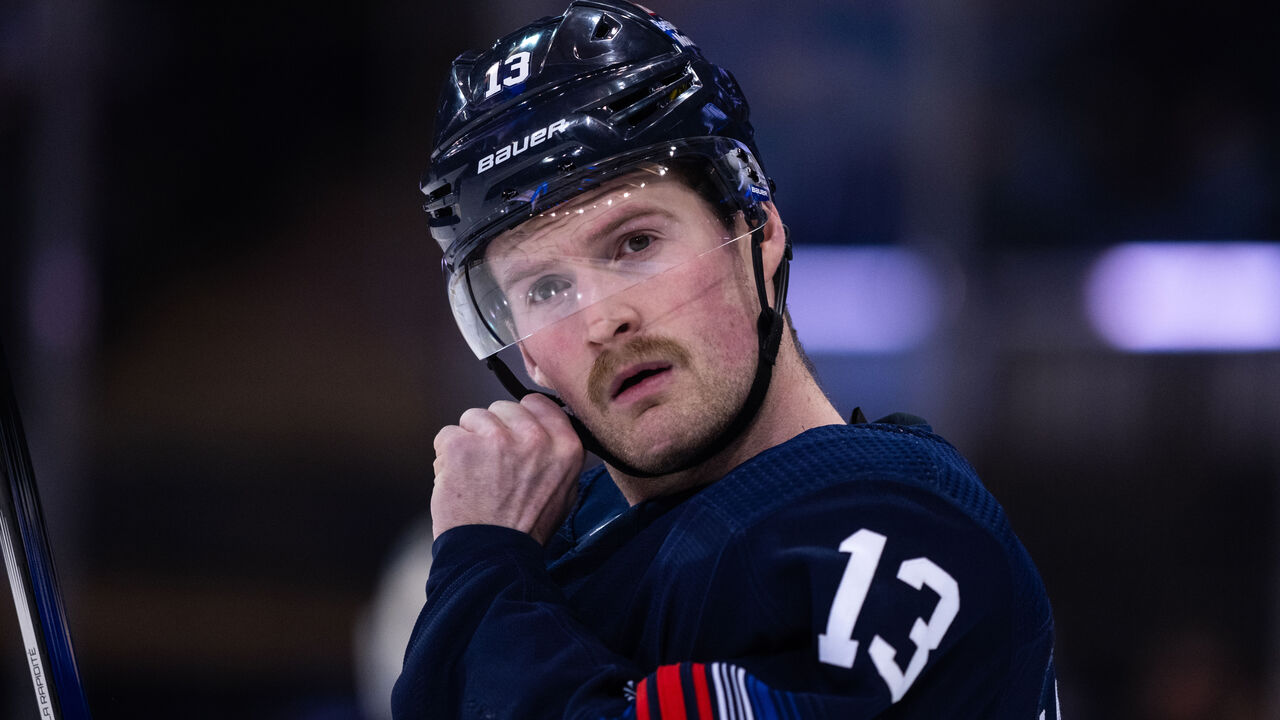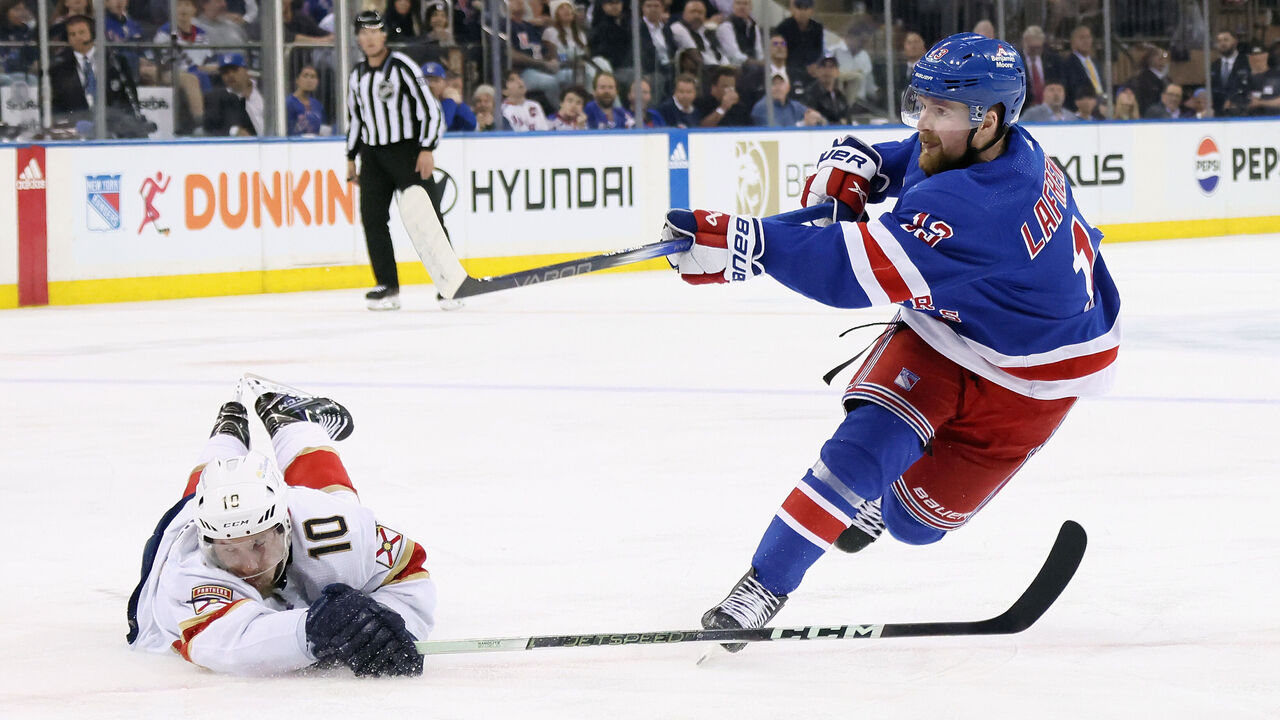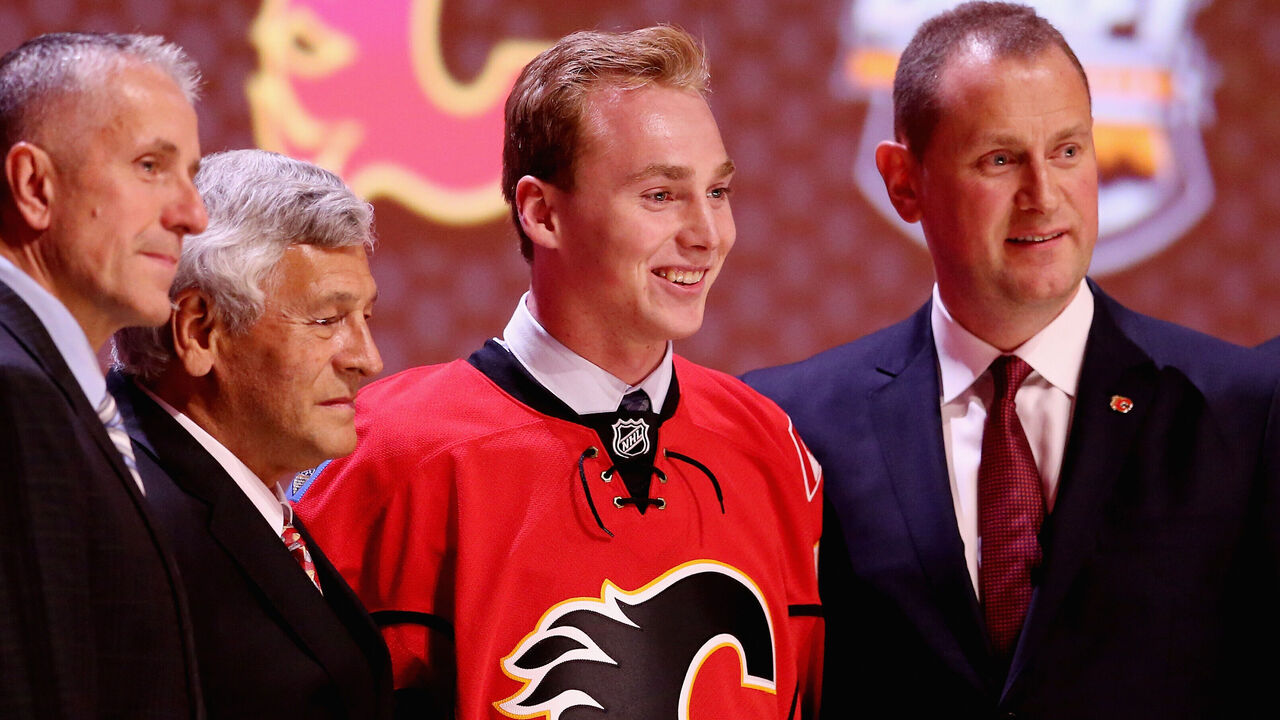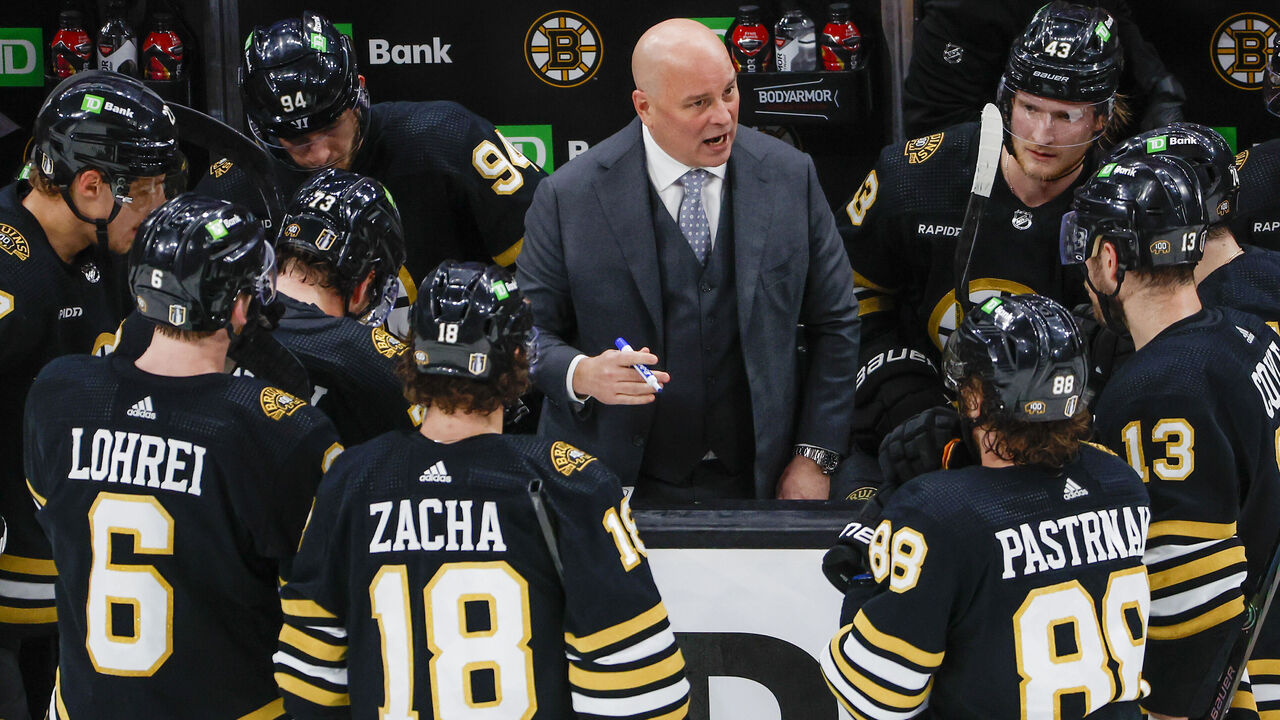The forecheck-heavy Carolina Hurricanes have a clear identity on the ice. Off the ice, they stick to the master plan, placing a firm valuation on each player, pick, and prospect, and rarely move off it. Carolina is, in a word, purposeful.
It's no surprise then that the Hurricanes haven't shied away from drafting Russians in recent years despite the so-called "Russian Factor" looming large.
A total of 138 Russian and Belarusian players have been selected in the past five NHL drafts. Carolina has drafted the most Russians (20) and allocated the highest portion of draft capital to Russians (42% of all picks). For context, New Jersey and Calgary are tied for second with eight Russian picks each, while Colorado's second with a 24% allocation (six in 25 total picks).
"I can't speak to what the other teams are doing or not doing," Hurricanes assistant general manager and head scout Darren Yorke said last week after selecting six Russians in Las Vegas. "We just evaluate the players based off how they play hockey. If other teams are afraid to draft a player from a certain country, that's really out of our control. It's very simple: We're just trying to get the best hockey players as we can, irrespective of where they're born."
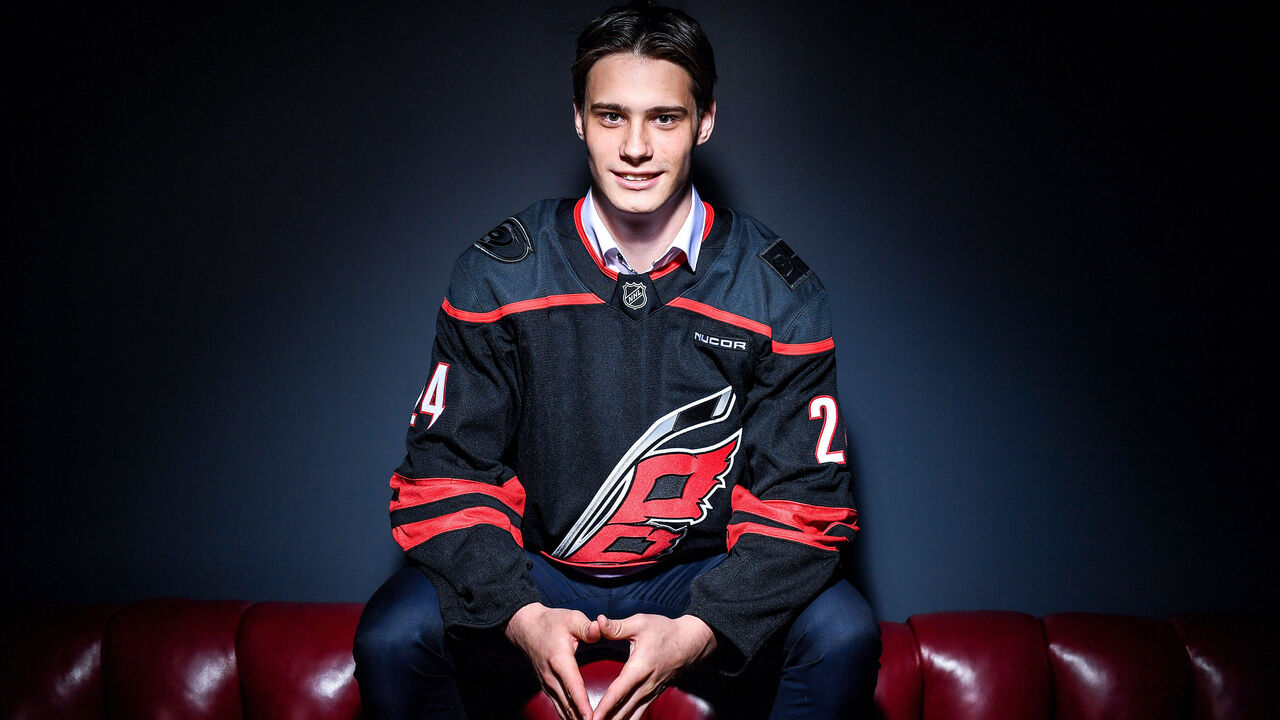
Going back 10-20 years ago, the Russian Factor referred to a distrust in the players produced by the country. Fairly or not, Russians were stereotyped as one-dimensional and selfish. Playing in the KHL, founded in 2008, was alluring to Russian players, too.
In 2024, the Russian Factor isn't about the players' personalities, work ethic, or playing styles. It has become difficult to scout players in person thanks to travel restrictions relating to the war in Ukraine and the fact that the International Ice Hockey Federation has banned Russian and Belarusian national teams from tournament competition.
Most draft-eligible Russians are under contract in the KHL, and those multi-year deals aren't easy to maneuver out of. After the player's drafted, the NHL team tends to have limited control over his development due to the significant language and cultural barriers between North Americans and Russians and the inconsistent relationship between the NHL and KHL. Sometimes, as with Flyers goalie prospect Ivan Fedotov, a player might be pushed into military service.
"You have to slot the players where you believe they are on your list, from one to whatever the final number is," Sabres GM Adams told reporters prior to the draft. "Take away geography. Take away everything. You're putting it purely on projection. Then you're going to have to look at the variables. Some of that could be injury history. There could be contracts tied up in Europe. There's so many different variables. Certainly, the Russian variable is real.
"What is your plan to develop them? Are you going to be able to get them over here? And we've seen it both ways. We've drafted some Russian players who have been able to get over here pretty quickly and get into our system, which is great. And we've drafted players like (2021's Prokhor) Poltapov, who we knew was going to be years away based on the contract. So, you weigh it. Nothing for us has changed philosophically, though. If you believe you have the opportunity to get a player and it's of value, we'll do it."

"Value" is the operative word there.
Five clubs have drafted just one Russian in the past five years, and Boston hasn't selected any. Russian prospects fall on draft day if certain teams are reluctant to pick them, while organizations more comfortable with video scouting and the overall risk-reward calculation will happily snag a high-upside player in the later rounds.
"We don't go into it saying, OK, we're going to select as many players (as possible) from this country or that country," Yorke said. "It just depends on how the (draft unfolds and who's still available). The way it went this year, it ended up being a lot of players from Russia."
One advantage to drafting Russians is that they stay on a team's reserve list indefinitely, whereas the signing rights for players out of junior, college, or Europe expire within four years, depending on age and league. Teams have a longer runway with Russian prospects and can thus hold off on offering a contract to the player until he's close to stepping into the NHL.
"There's this underlying theme that perhaps you'll hit it out of the park with a Russian because not everybody has the fullest understanding of what the player can bring to the team," is how Dan Marr, the NHL's Central Scouting bureau chief, summarized the dynamics during an early-June interview.
Utah GM Bill Armstrong has allocated about 10% of his draft capital since 2020 to Russians, including Dmitri Simashev and Daniil But at sixth and 12th overall in 2023. "If they're a really good Russian player, about 100% of the time, they end up in the NHL. They'll find their way over eventually."
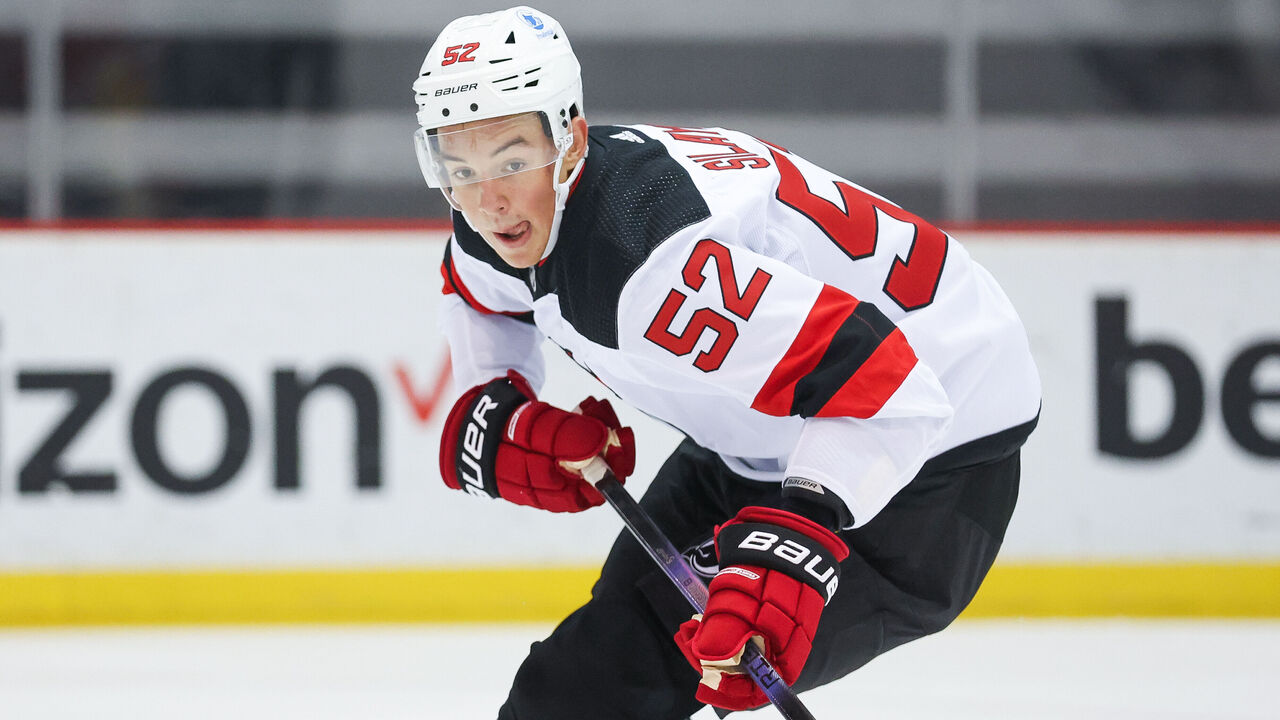
Player agents like Daniel Milstein deserve credit for helping bridge the gap between clubs and young Russians. All but one NHL team attended a pre-draft showcase in Florida organized by Milstein's Gold Star Hockey agency. Scouts and executives were able to interview and watch players train on and off the ice - something they can't do at the annual league combine in Buffalo.
"We've had really good success with Russian players. They've come in, they like Calgary, it seems like they enjoy it. A lot of the Russian players that we've had, stay all summer," said Flames GM Craig Conroy, who took a Milstein client - forward Matvei Gridin, who's already playing in the U.S. - with the 28th pick this year.
"We have a lot of Dan Milstein clients," Conroy added with a smile. "It just seems like it's a good fit. They've come in and really enjoyed it. When we talk to (Russians), sometimes you get some apprehension from some players, and then others say, 'No, we'd love to come to Calgary.' Having a couple Russian players also makes it a little bit easier for them coming in."
Leftover offseason notes
I reacted in real time to every major move made July 1. A few days removed from the chaos, let's check in on three teams operating on different timelines.
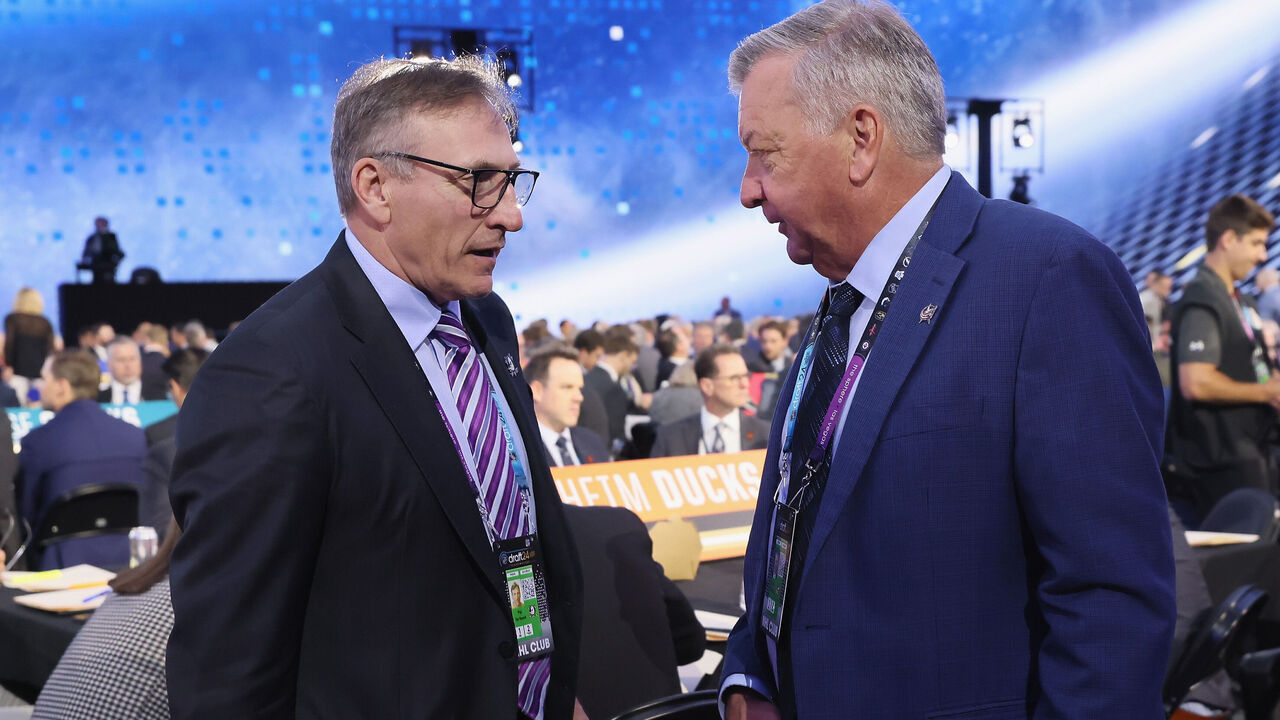
Ducks: At first glance, the Ducks are among the losers of the early offseason. They re-signed a few depth players and made two mid-level trades to bring in winger Robby Fabbri and blue-liner Brian Dumoulin. So: nothing significant despite a six-year playoff drought and GM Pat Verbeek talking openly about wanting to acquire a top-four defenseman and top-six forward. (Fabbri and Dumoulin are fine but don't check those boxes.)
Verbeek either struck out on the marquee free agents (likely) or has become a little gun-shy after gifting Alex Killorn $25 million last summer. Regardless, once you take a step back and factor in the franchise's competitive timeline, it's clear that Anaheim's actually an early winner. As a team on the rise but not ready to challenge for a playoff spot, it's smartly kept its powder dry.
The Ducks' long-term nucleus is mostly filled with 22-and-under skaters: forwards Leo Carlsson, Cutter Gauthier, Mason McTavish, and Beckett Sennecke, plus defensemen Pavel Mintyukov, Olen Zellweger, Tristan Luneau, and Stian Solberg. Trevor Zegras, Lukas Dostal, and Troy Terry are just 23, 24, and 26.
Verbeek has time to weaponize his $21 million in cap space. For instance, if he ultimately decides to trade the flashy Zegras, he can theoretically complete a better deal by taking on money. Verbeek can make waves in 2025 free agency instead; the core group will be further along then.
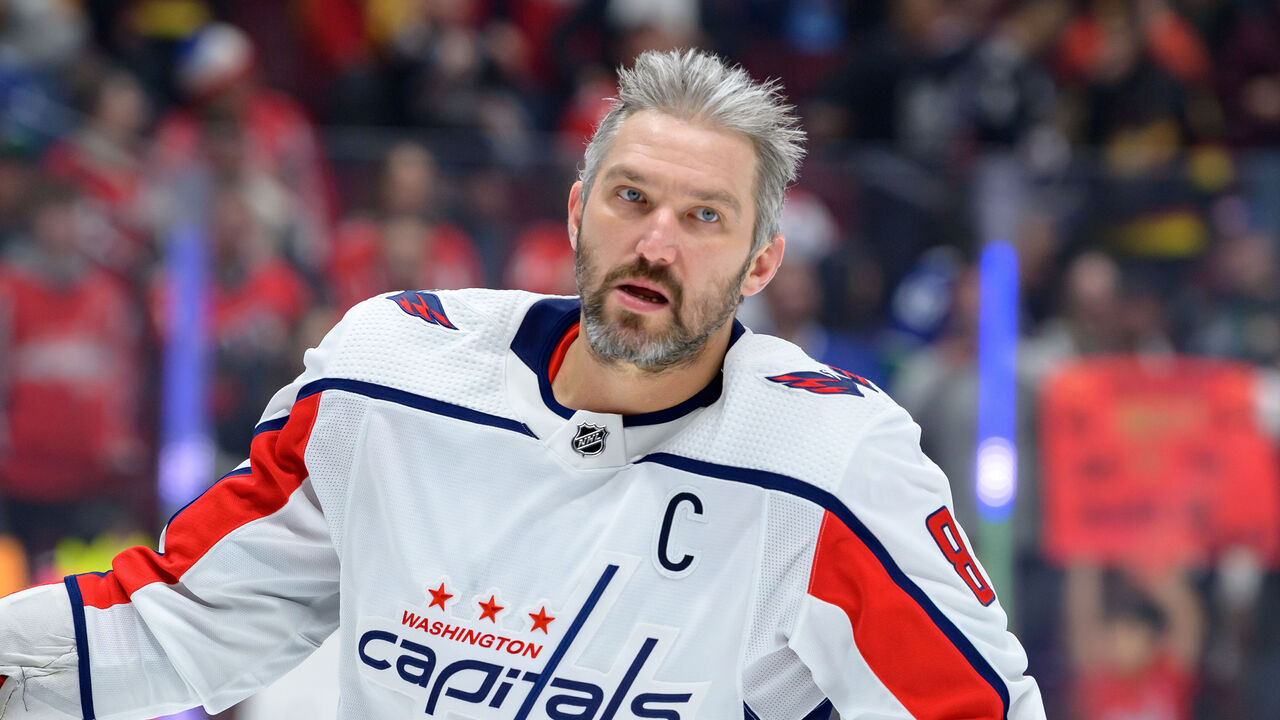
Capitals: From a strictly team-building perspective, the Capitals are the NHL's most fascinating club. They began retooling ahead of the 2023 trade deadline in an effort to remain relevant as Alex Ovechkin chased the all-time goals record, and this offseason, that retool went into overdrive.
Arriving were forwards Pierre-Luc Dubois, Andrew Mangiapane, Brandon Duhaime, and Taylor Raddysh; defensemen Matt Roy and Jakob Chychrun; and goalie Logan Thompson. Departing: forwards Beck Malenstyn, Nicolas Aube-Kubel, and Max Pacioretty; defenseman Nick Jensen; and goalie Darcy Kuemper.
The goalie duo has arguably improved and is definitely eating up less cap space. Dubois is a massive gamble but worth a shot given the Capitals' need for a top-six center. Mangiapane, Roy, and Chychrun should all thrive.
The retool has yielded better draft slots, too. The Capitals picked Terik Parascak 17th overall this year, Ryan Leonard sixth last year, and Ivan Miroshnichenko 20th in 2022 after seven consecutive years of not picking inside the top 20.
Interestingly, after all these transactions, Washington's ceiling remains relatively low for the 2024-25 season. It's closer to a middling team than a contender. But I'll give the Capitals credit for not sitting on their hands and simply hoping for the best with a flawed roster. (While the Caps made the playoffs last year, you may recall they finished with a minus-37 goal differential).

Panthers: Bill Zito displayed serious discipline over the past week. Fresh off hoisting the Stanley Cup and adding six players via the draft, the Panthers GM negotiated team-friendly extensions with Sam Reinhart, Anton Lundell, and Dmitry Kulikov while shrewdly avoiding extensions with Brandon Montour, Vladimir Tarasenko, Oliver Ekman-Larsson, Kevin Stenlund, and Anthony Stolarz. (Also on board at a cheap price: Jesper Boqvist and Nate Schmidt.)
The big-picture takeaway: Aleksander Barkov, Matthew Tkachuk, Reinhart, Lundell, and Gustav Forsling are now all signed through at least 2029–30 for a combined $38.9 million against the cap. That's five essential members of the Cup-winning squad - none of them in their 30s - locked in at reasonable rates.
Zito passed Part 1 of the offseason with flying colors. Part 2 involves figuring out what to do with 2025 unrestricted free agents Aaron Ekblad, Sam Bennett, and Carter Verhaeghe. The rational play would be to re-sign Verhaeghe first, then try to extend Bennett and Ekblad on discounts. If Bennett and Ekblad don't want to play ball - which is fair, players should get paid what they're worth - let them test free agency and move on.
Parting shots:
World tour continues: After three seasons as an assistant coach with AHL Abbotsford, Jeff Ulmer has joined the Sharks as an assistant under new bench boss Ryan Warsofsky. Surprisingly, this will be the first time Ulmer - one of the most well-traveled athletes in any sport - lays down roots in California. The 47-year-old's playing career amounted to a world tour: junior in his home province of Saskatchewan, college in North Dakota, then 19 pro seasons from 1999 through 2018 for 24 teams in 13 countries. The leagues range from the NHL (21 games with the Rangers) to Germany's DEL and Finland's Liiga to top loops in Denmark, England, and central Europe. Ulmer, who previously worked for the Coyotes in a player development role, connects with players on a personal level in part because of his diverse hockey and life experiences. The Sharks' roster features a mix of Canadians, Americans, Czechs, Swedes, Germans, Finns, and Russians. Amazingly, Czechia is the only place he hasn't lived.
Jeff Ulmer… Big @AIRMILES guy!
— Monday Nooner (@MondayNooner) October 31, 2023
19 professional seasons in 13 countries.
The pride of Wilcox,SK joins us tomorrow on Twirl #166. pic.twitter.com/NnTYnm4WR1
One of each: It feels like every time an NHL team owns two first-round picks in the same draft, we assume they'll select for multiple positions - taking a forward and then a defenseman, for example. "You want to leave with one of each" is a common phrase tossed around by team personnel and media. Is that indeed how teams act, though? Um, sort of. A team has picked twice in the first round 49 times over the past 10 years, and in 28 of those instances (57%), the team went with a different position on the second pick. The data is more black and white with teams that have three firsts. Only once in 10 instances has a team picked all three from the same position; in 2022, Sabres GM Kevyn Adams opted for a trio of forwards in Matthew Savoie (ninth overall), Noah Ostlund (16th), and Jiri Kulich (28th).
San Jose selects Sam Dickinson at #11.
— Nick (@nickthehabsfan) June 29, 2024
Is it too early to call the Sharks winners of this draft? Maybe, but adding both Celebrini and Dickinson is amazing for their future and will probably be the best combo of this draft class.#SJSharks pic.twitter.com/UkJwzthklo
Bottom five-bound: The Flames will lose a lot of games next season, likely finishing with the fewest points among Canadian teams for the first time since 2012-13. There are plenty of quality NHLers on Calgary's roster, so this isn't a full-on tank job. However, with a forward group lacking high-end talent, a thin blue line, and inexperienced goalies, the Flames are going to be in a fight every night. It will rarely look pretty. In fact, they could easily end up in the bottom five of the entire league - which would be a good thing. Calgary needs a rebuild more than a retool. Conroy already has two first-round and two second-round picks in next year's draft, and he can add to his haul by flipping 2025 UFAs Andrei Kuzmenko and Anthony Mantha midseason. He's avoided onerous contracts to start the free-agency period, leaving the Flames with $22 million in cap space to leverage in trade talks.
Not that I’m defending the Flames’ ownership group but it’s pretty clear that some of the notions of them blocking deals to remain competitive were exaggerated.
— Dome Foam (@Dome__Foam) June 28, 2024
They’re letting Conroy do what needs to be done.
This is a full fledged rebuild and I’m sure there is more to come.
John Matisz is theScore's senior NHL writer. Follow John on Twitter (@MatiszJohn) or contact him via email (john.matisz@thescore.com).
Copyright © 2024 Score Media Ventures Inc. All rights reserved. Certain content reproduced under license.
